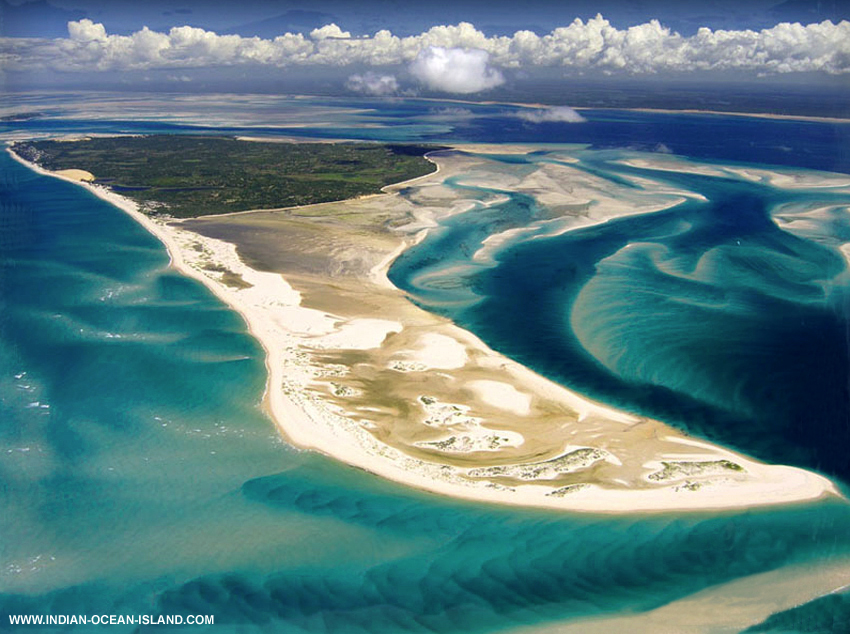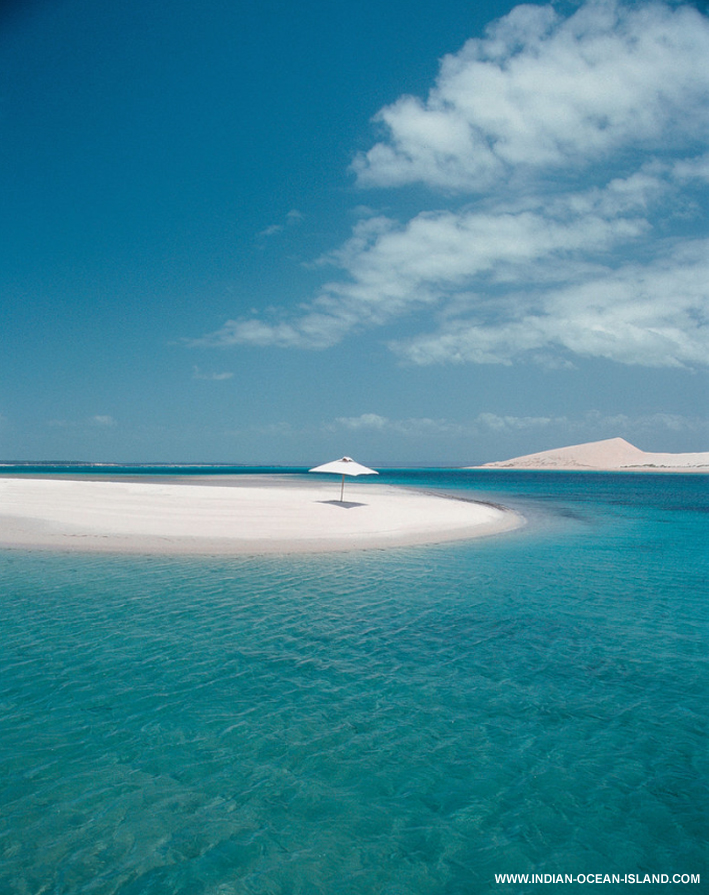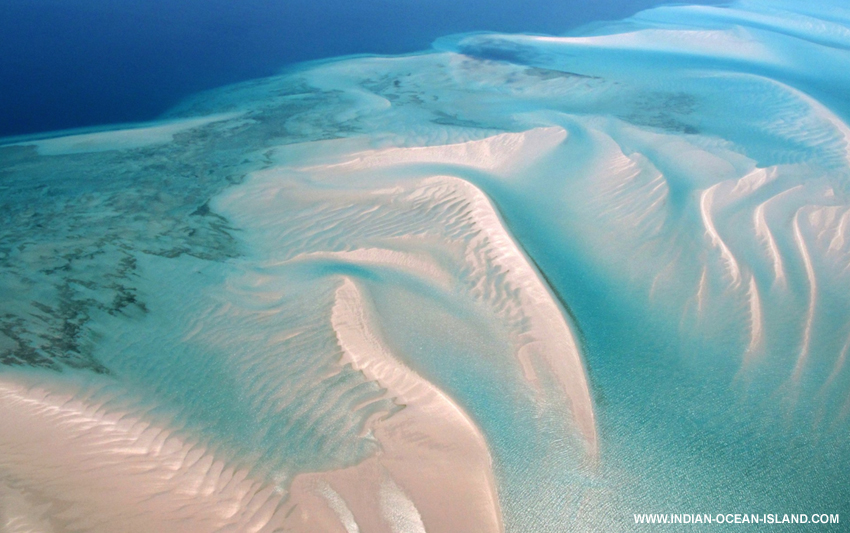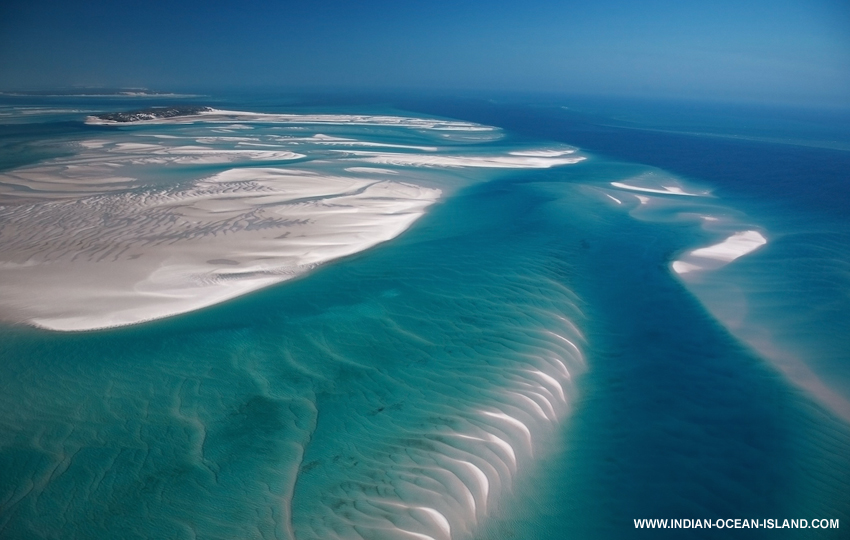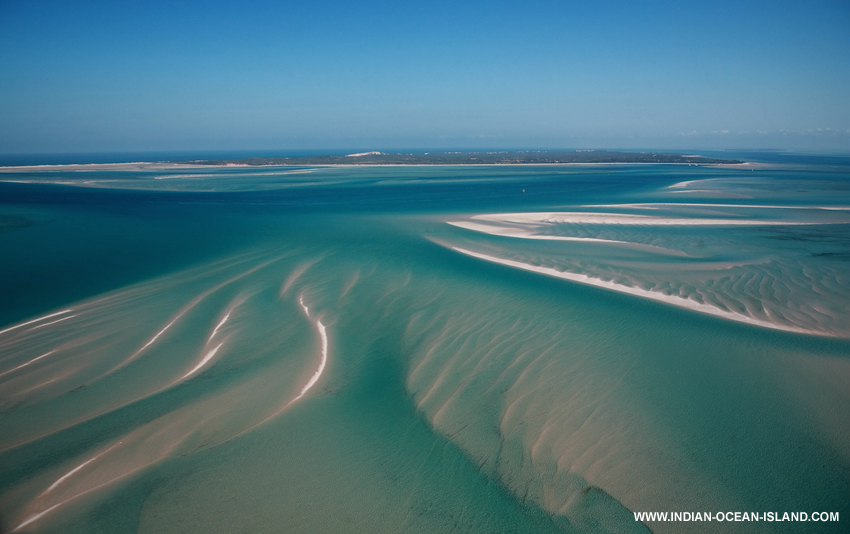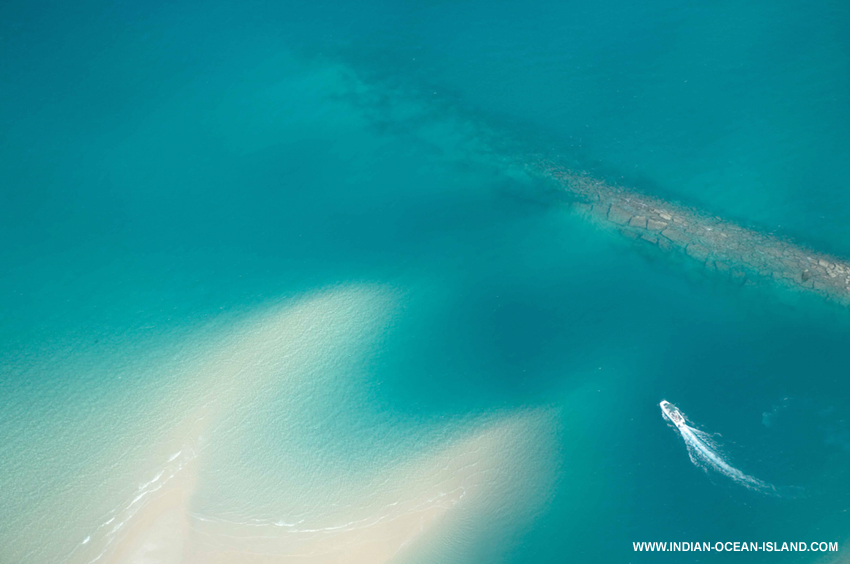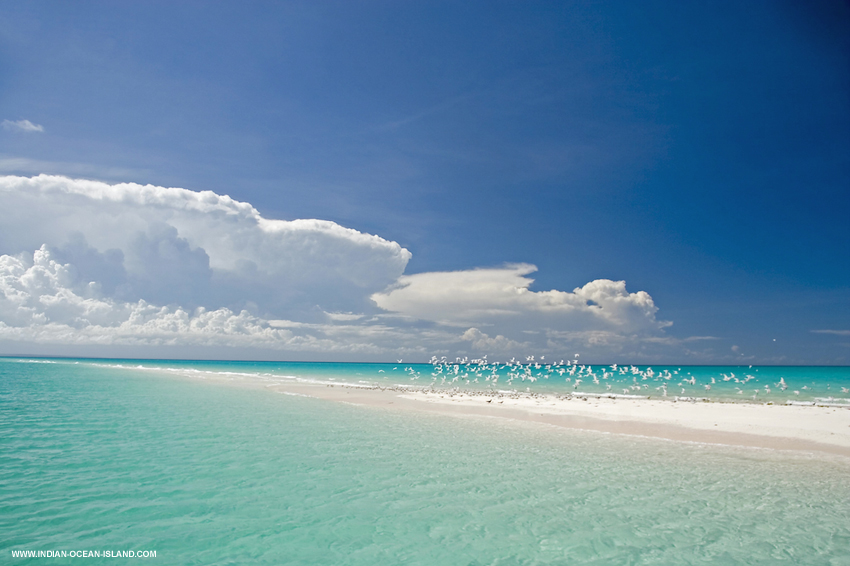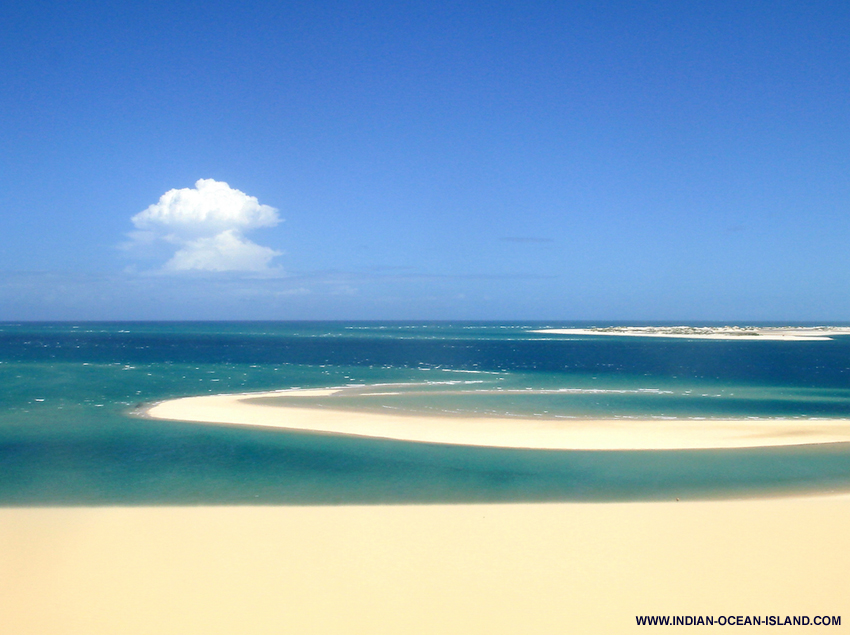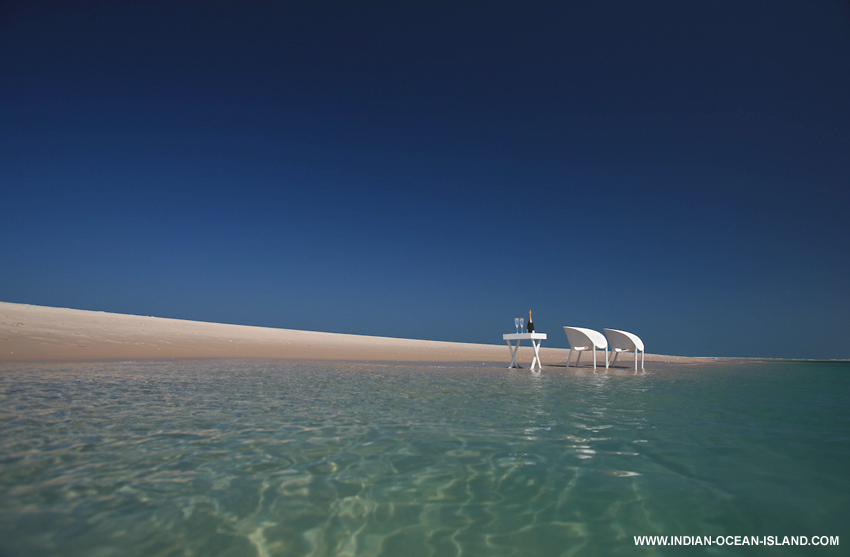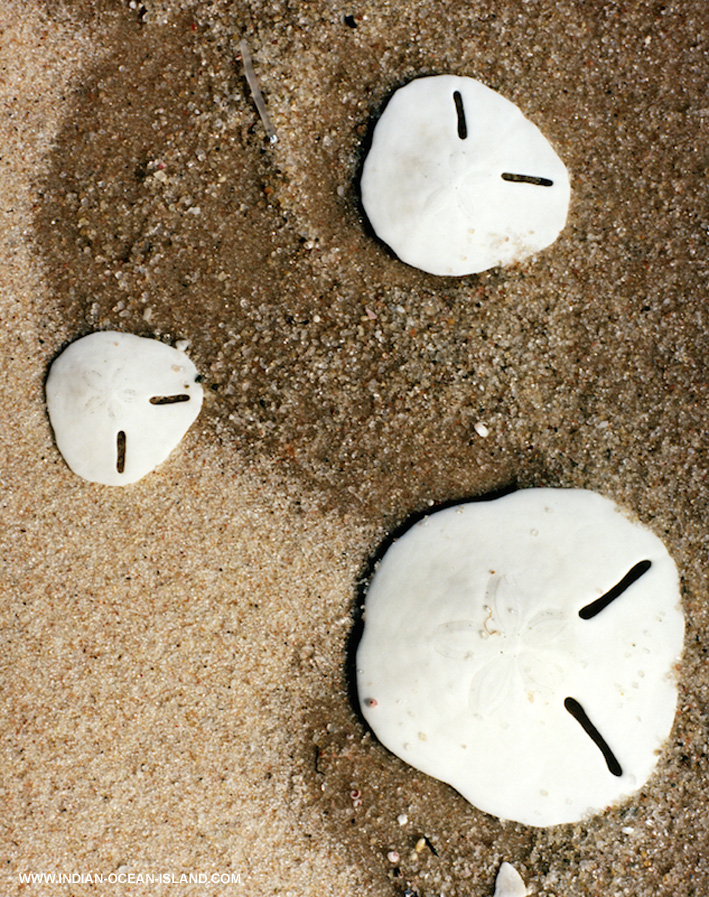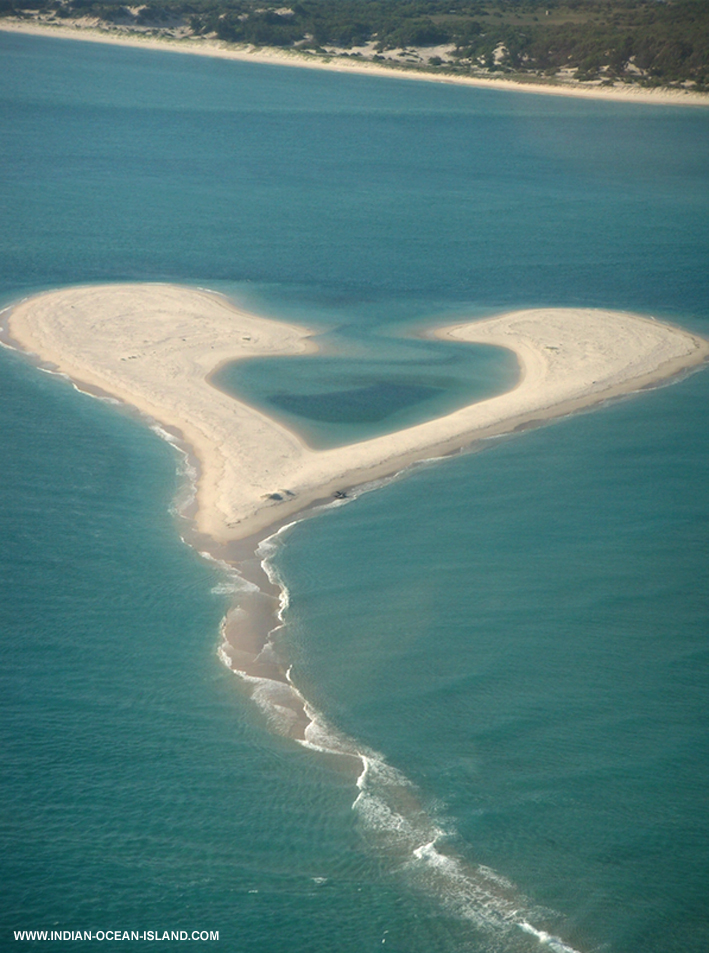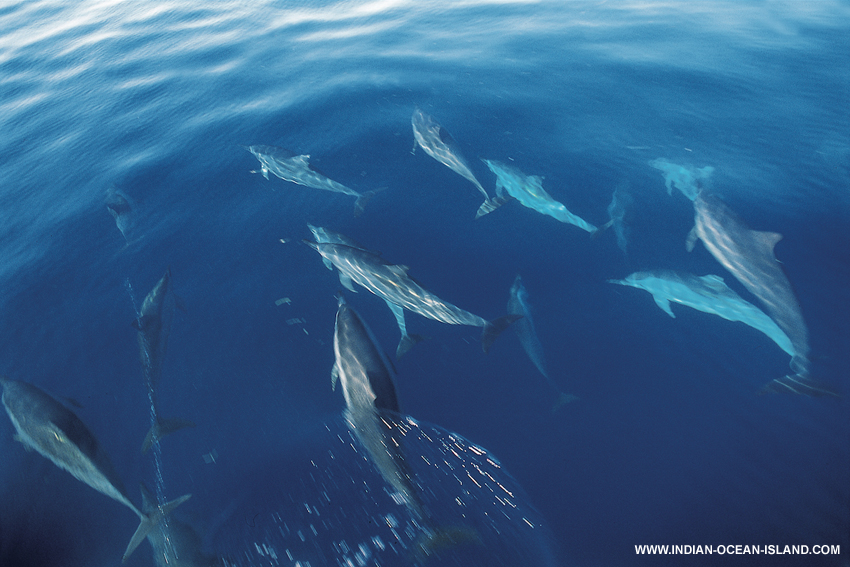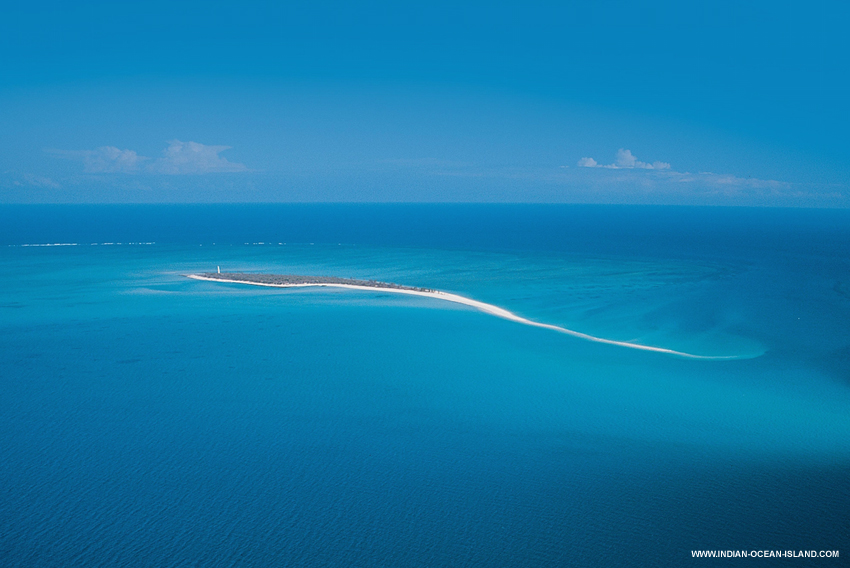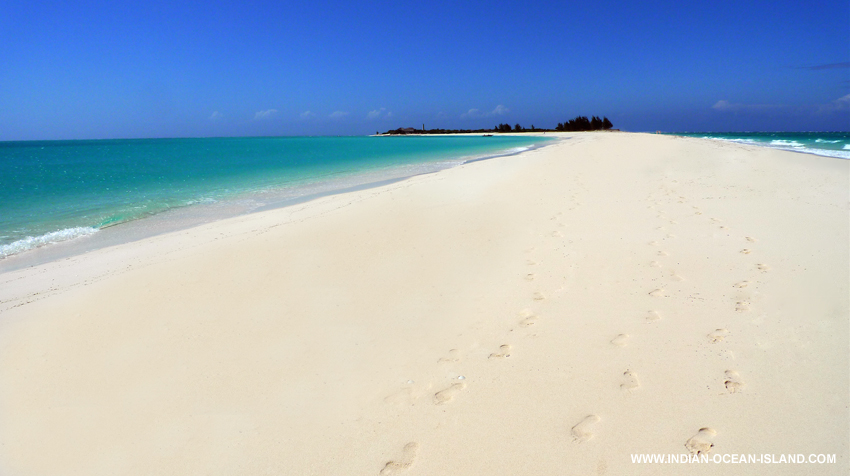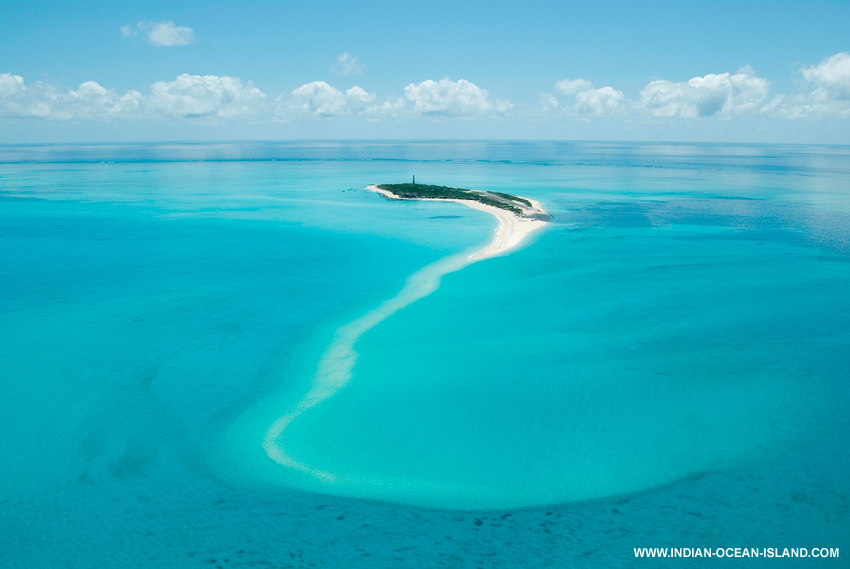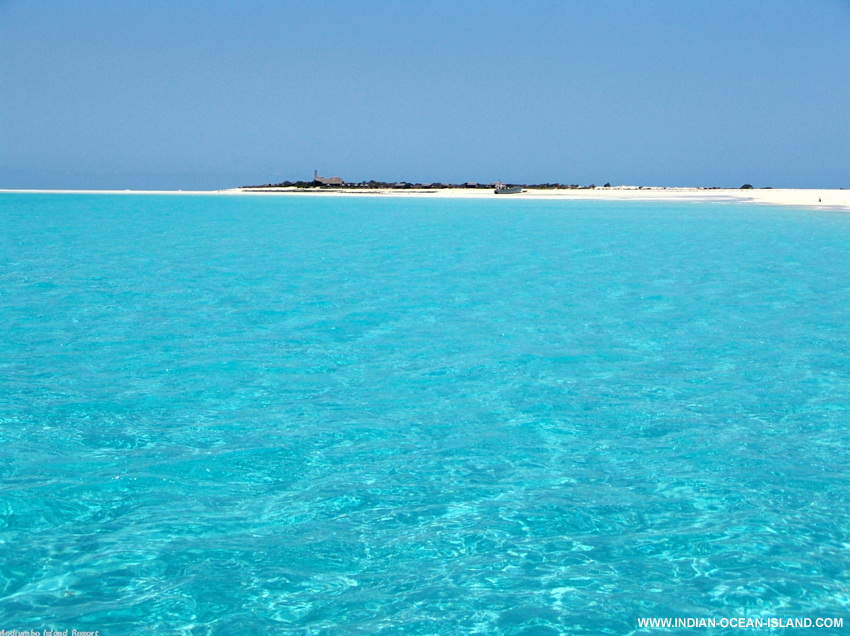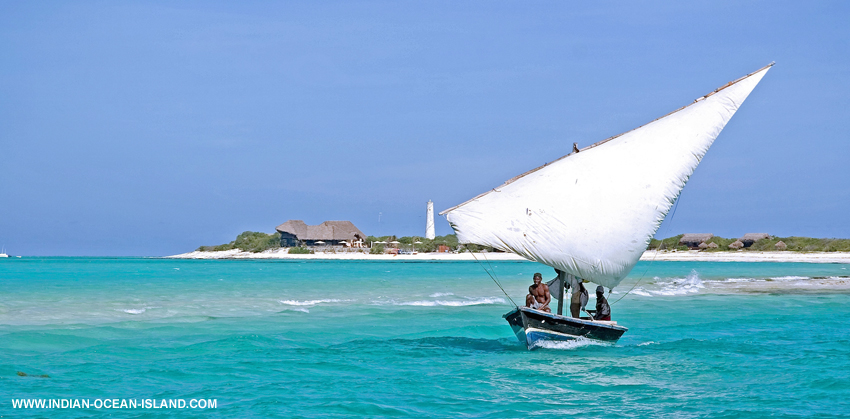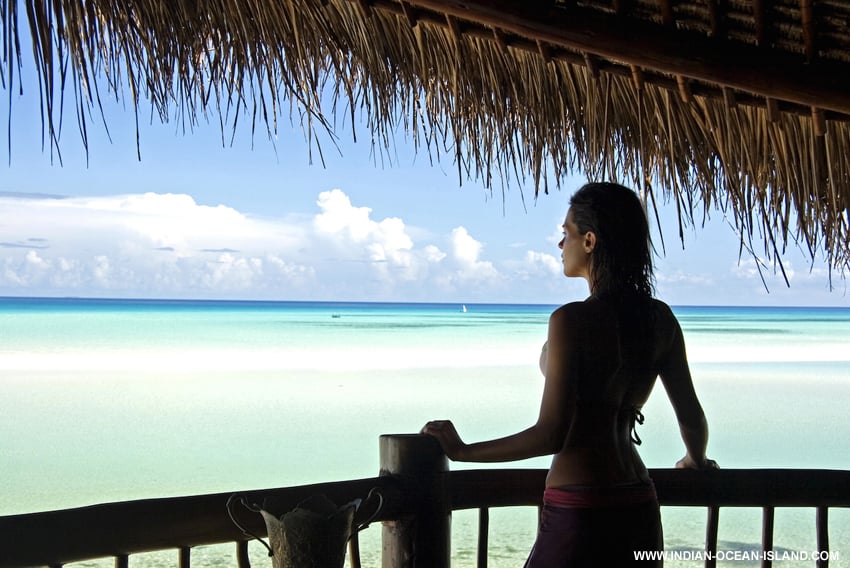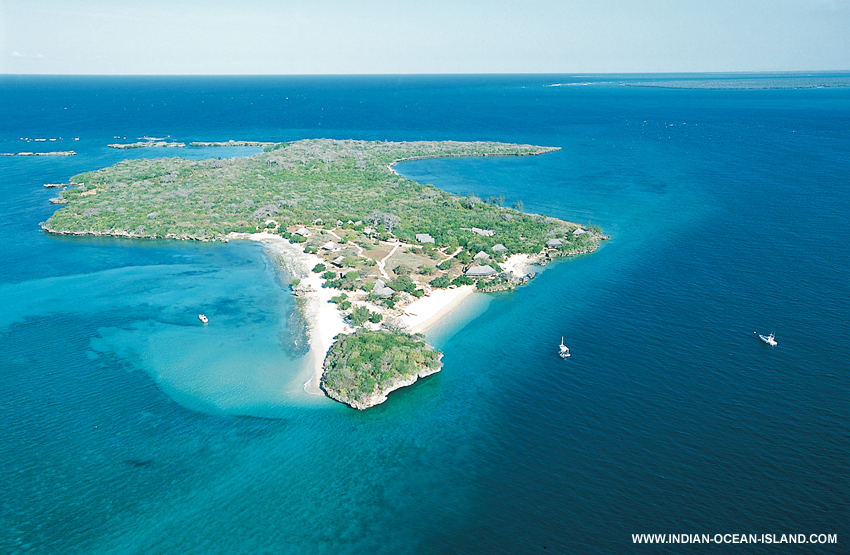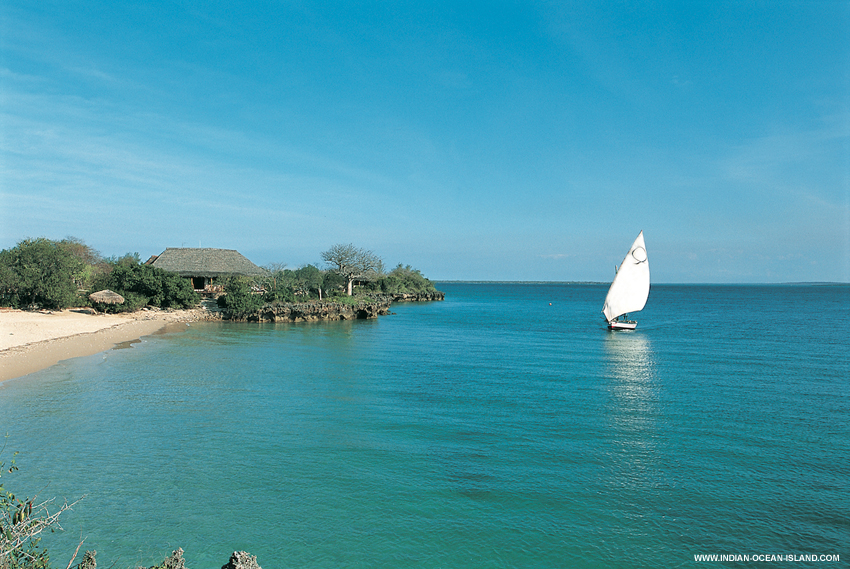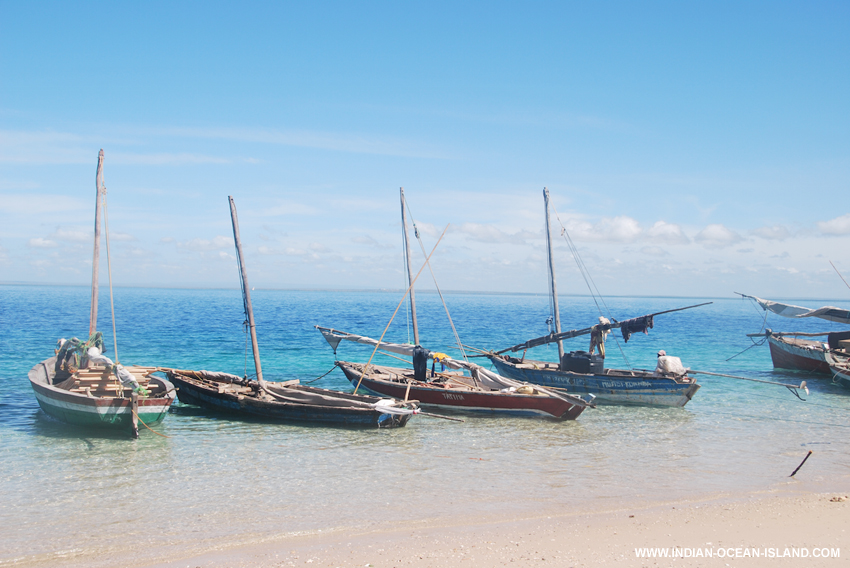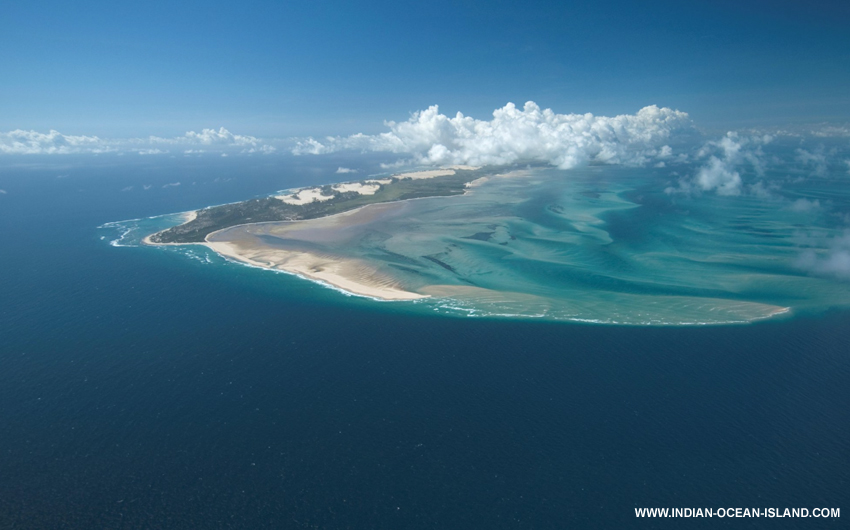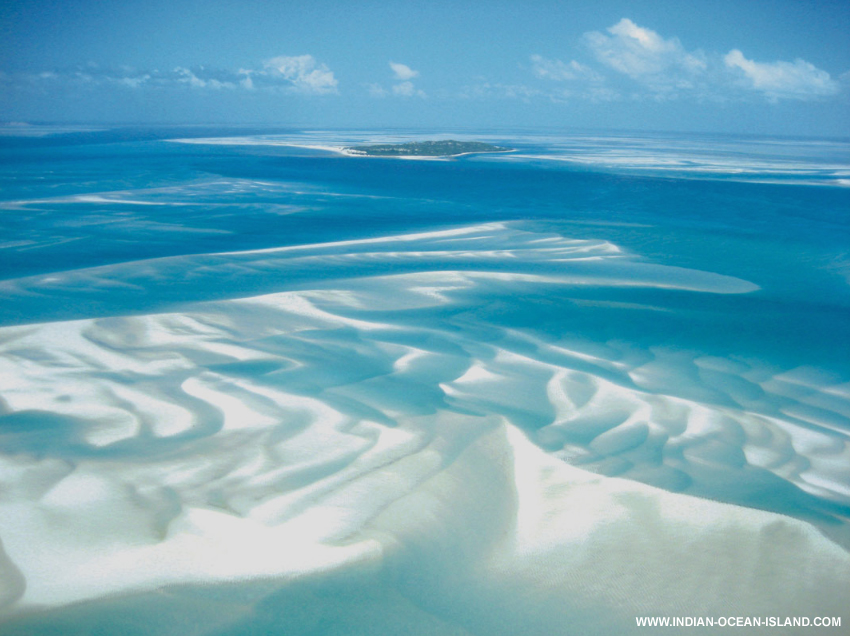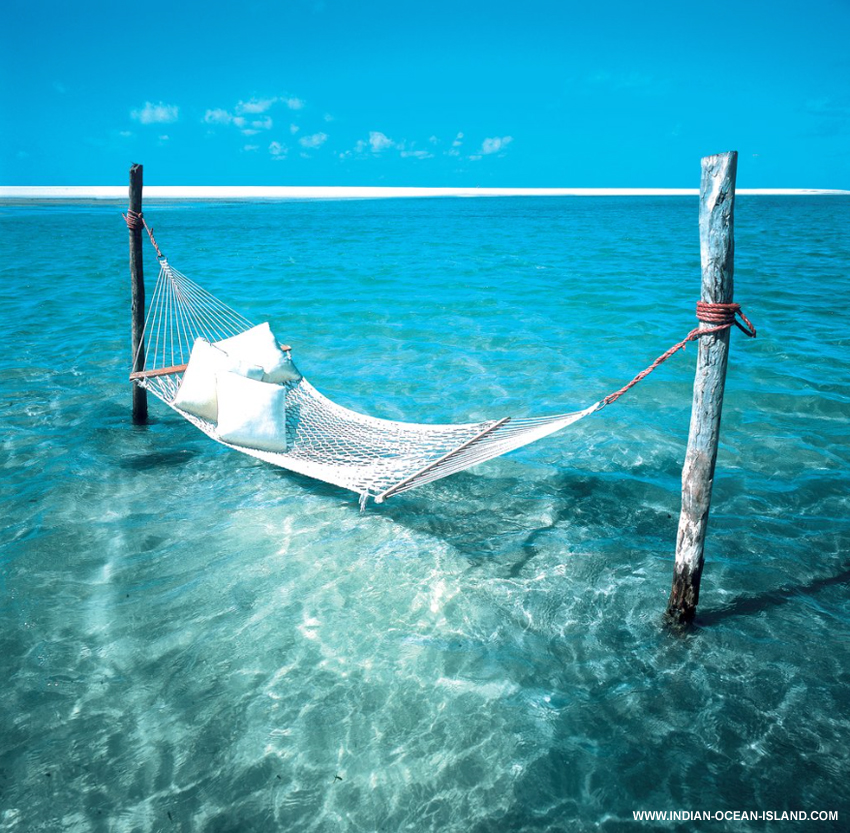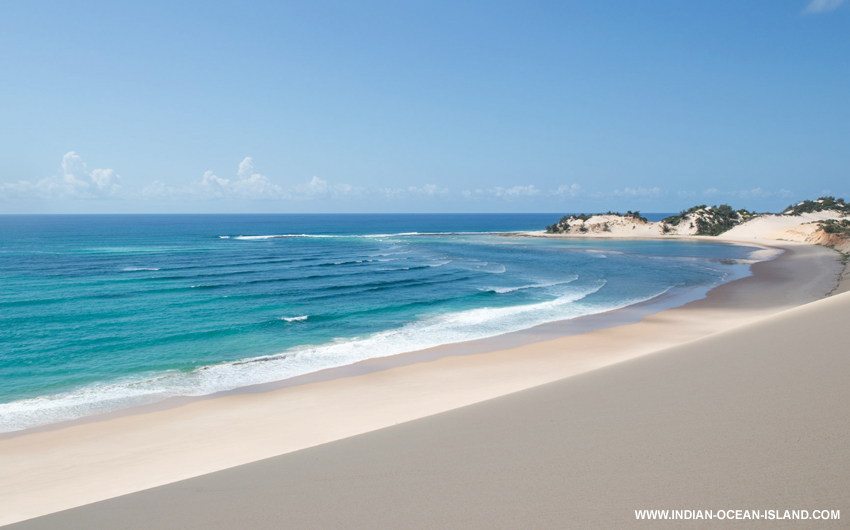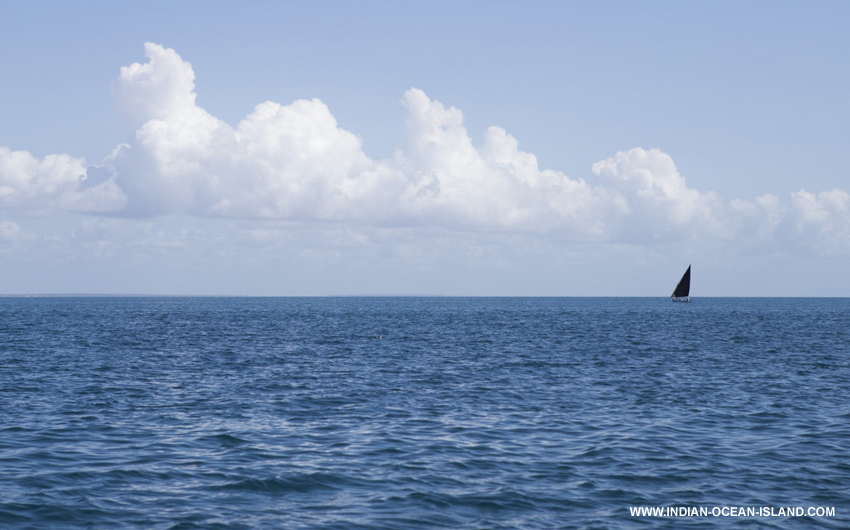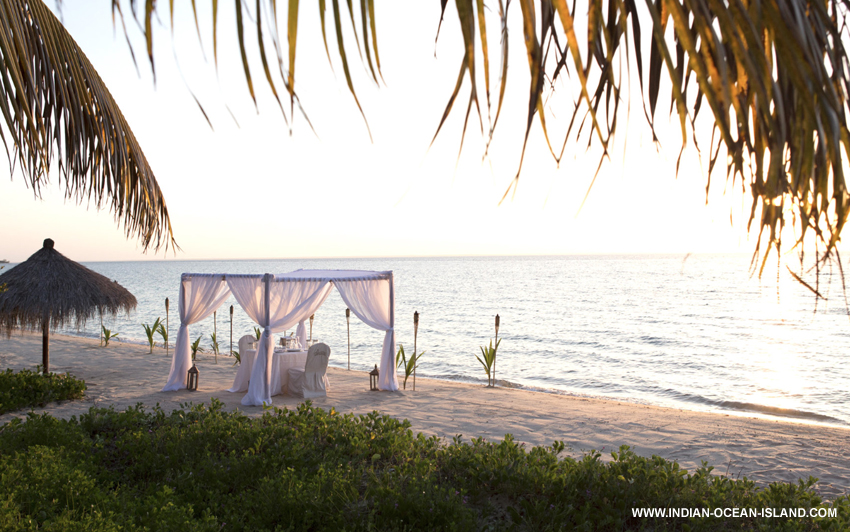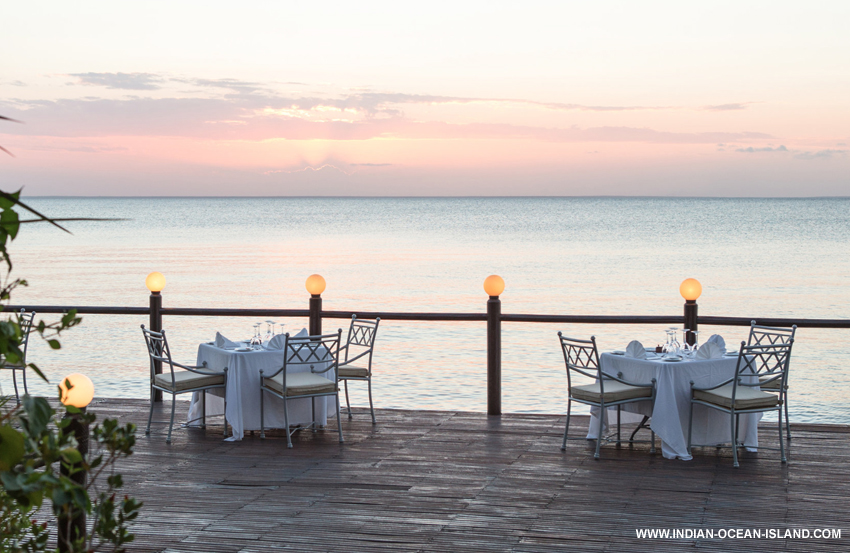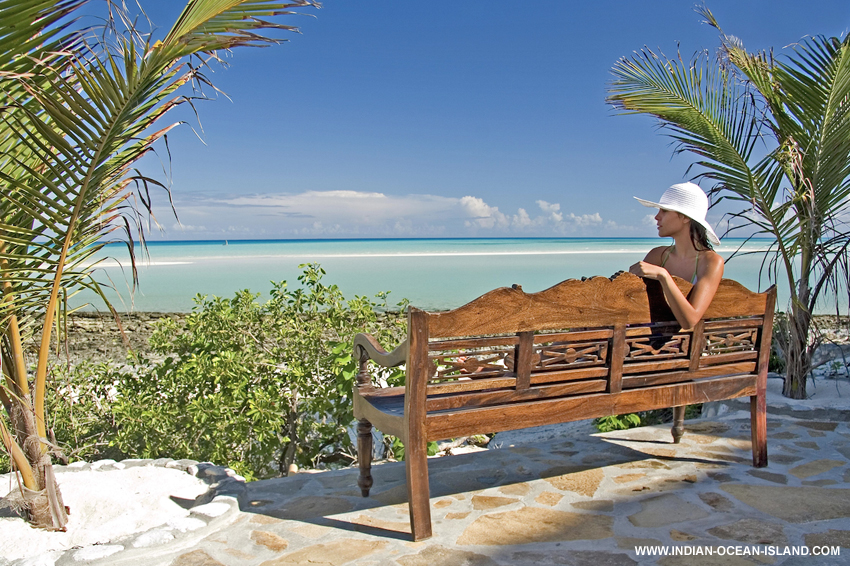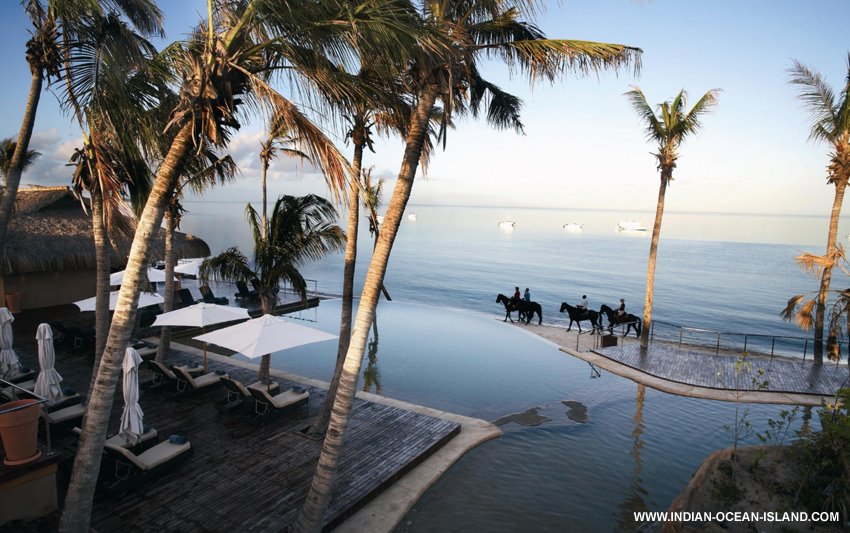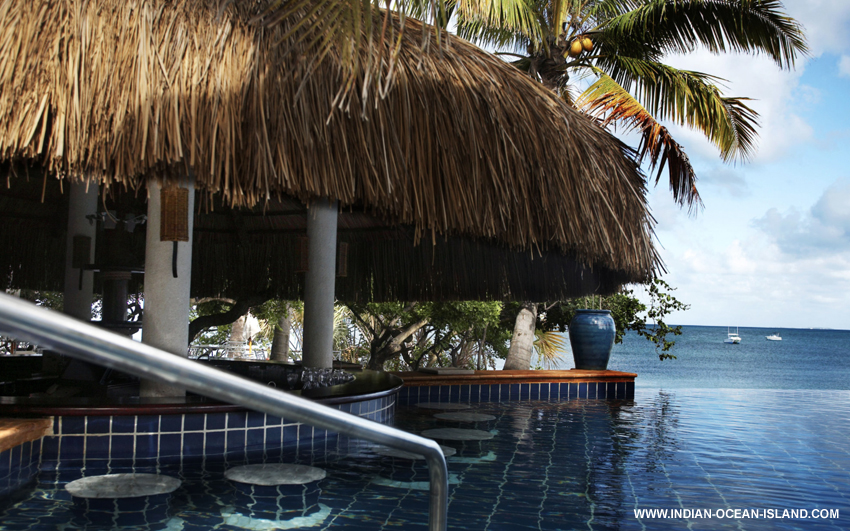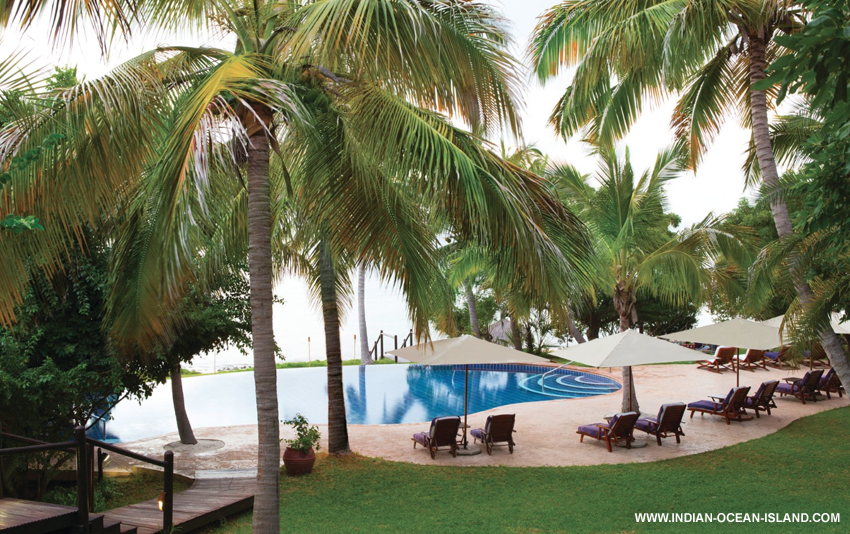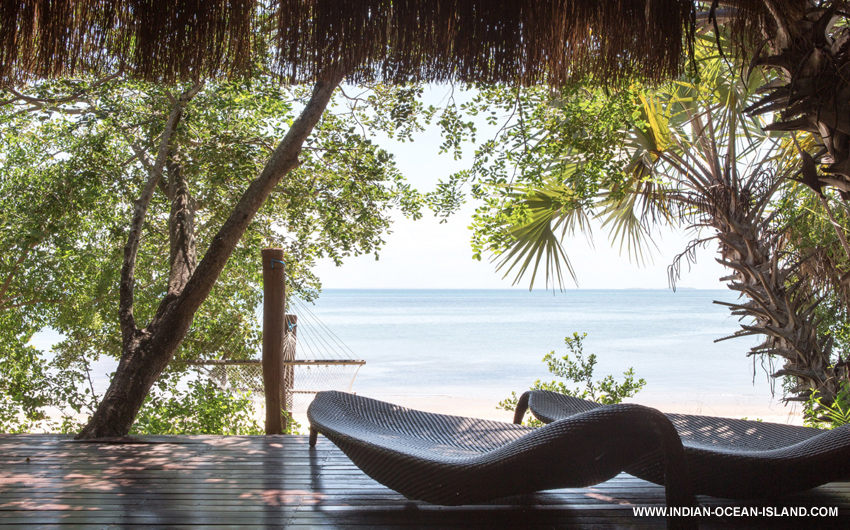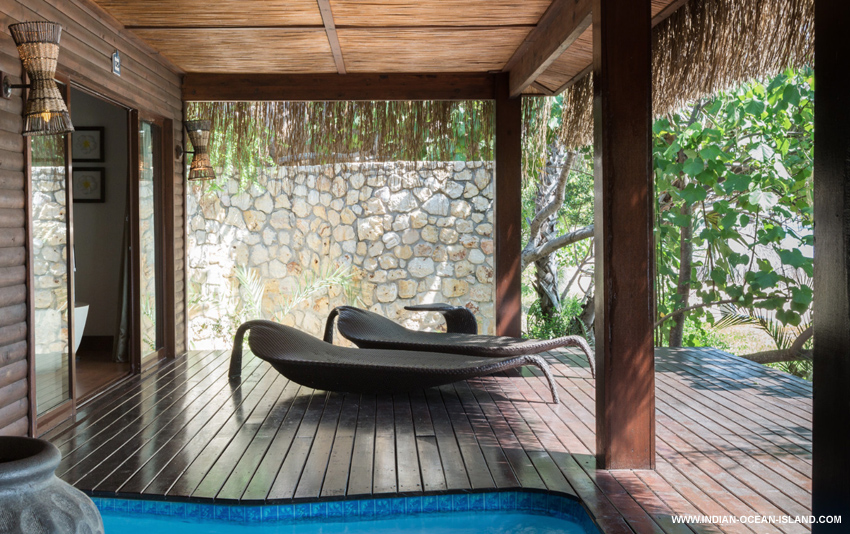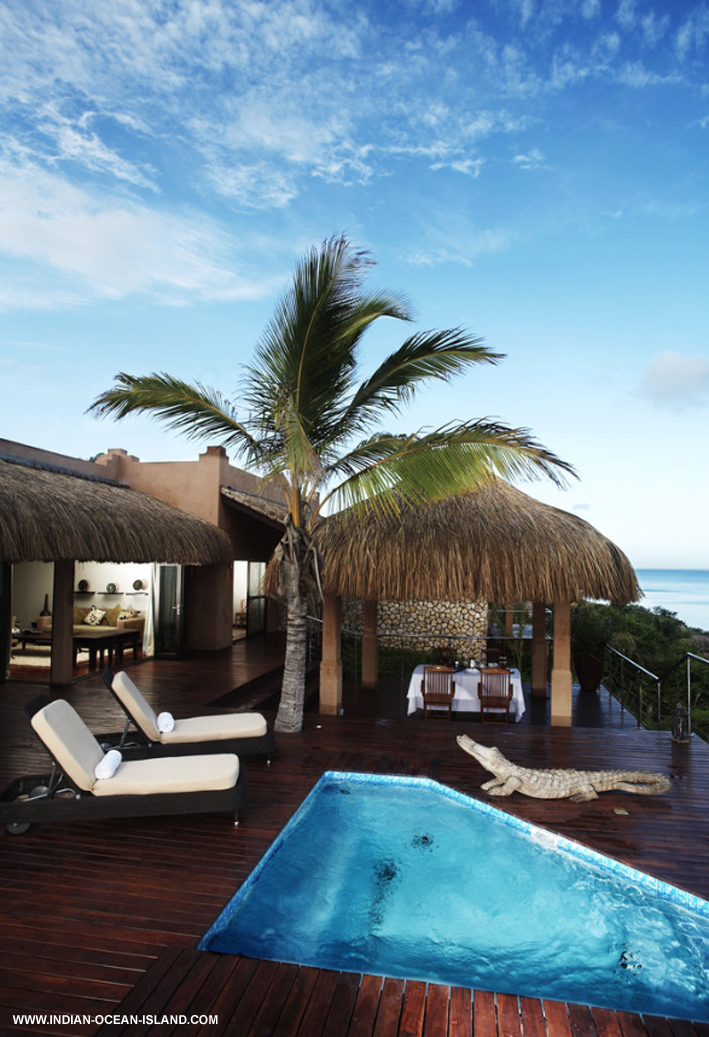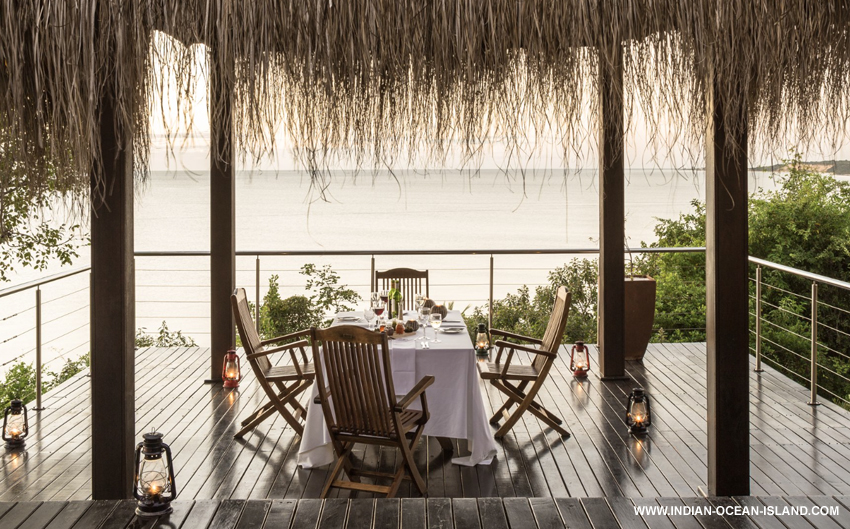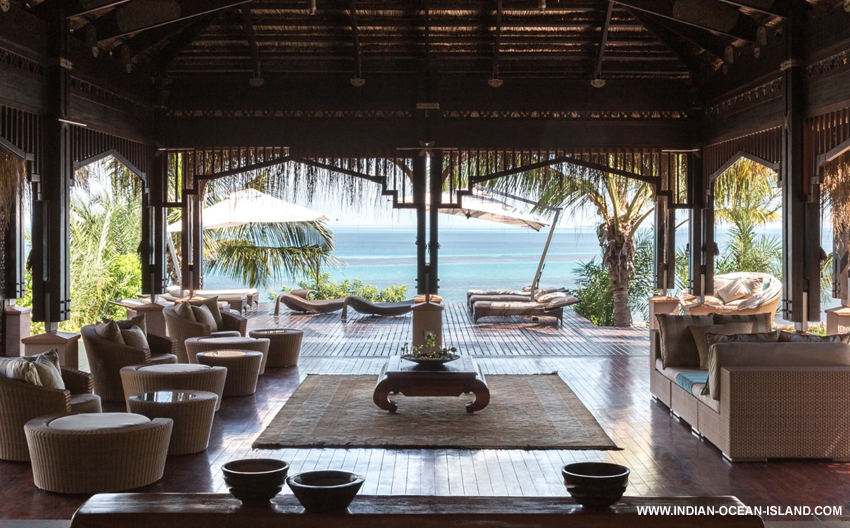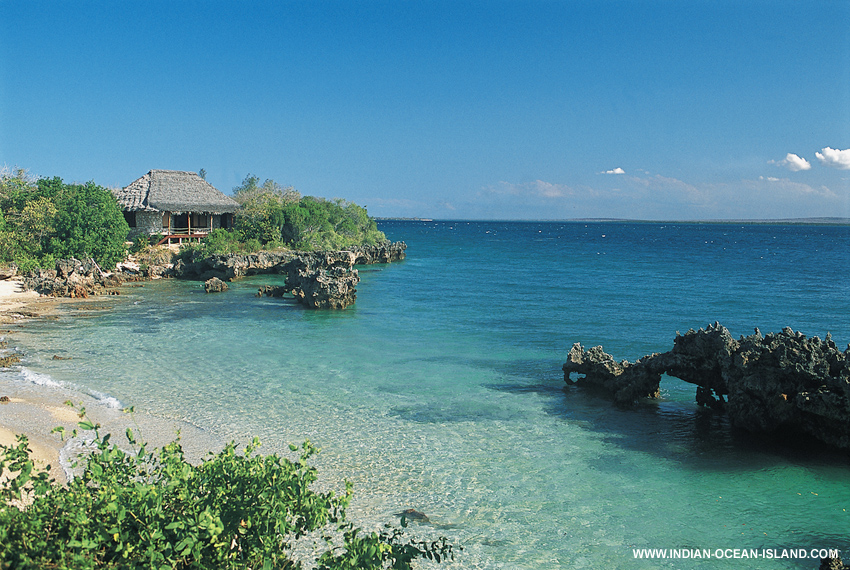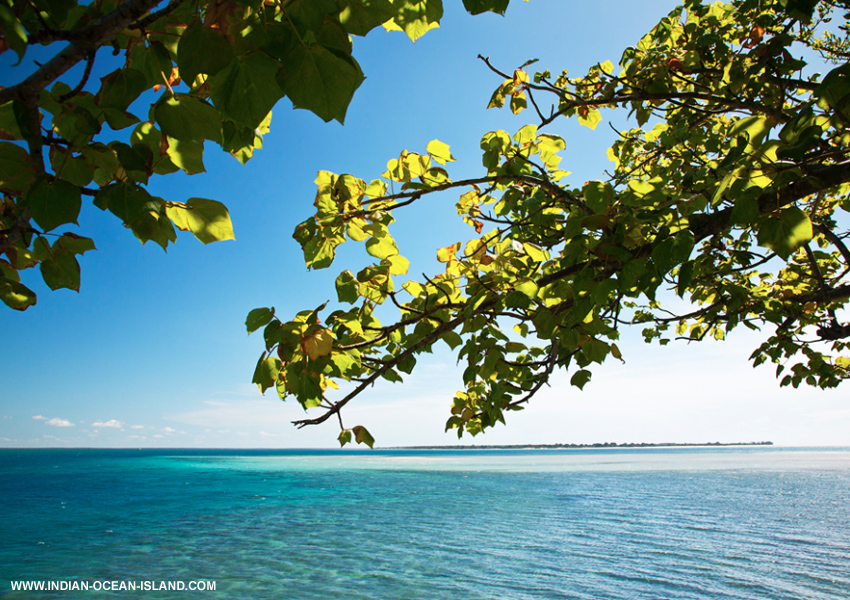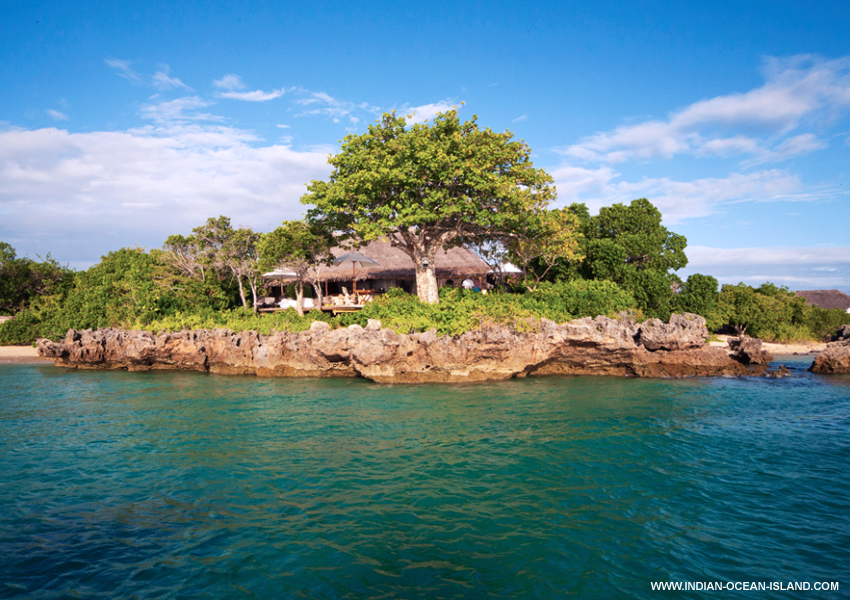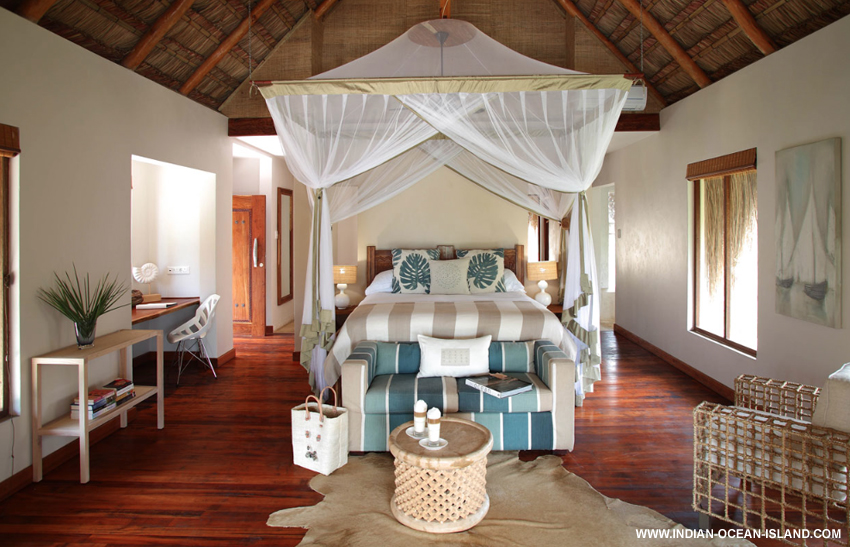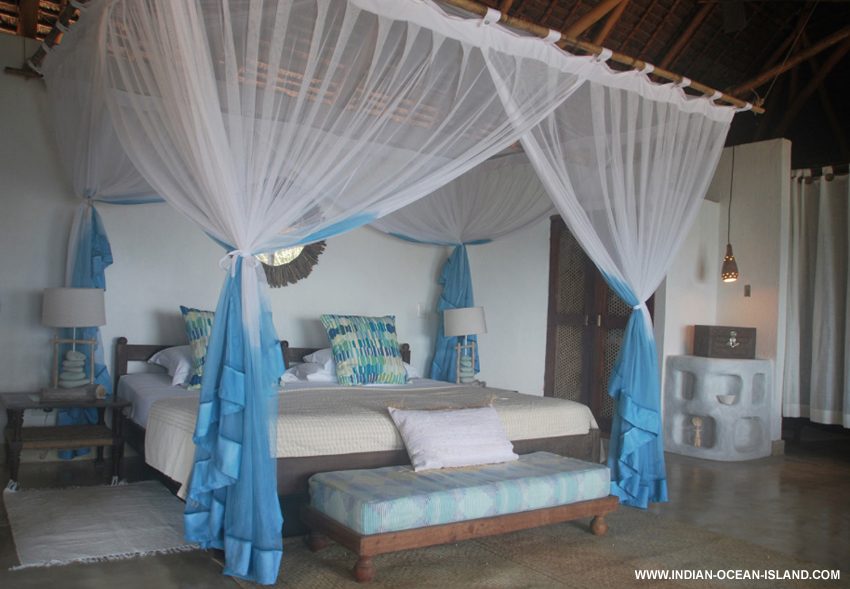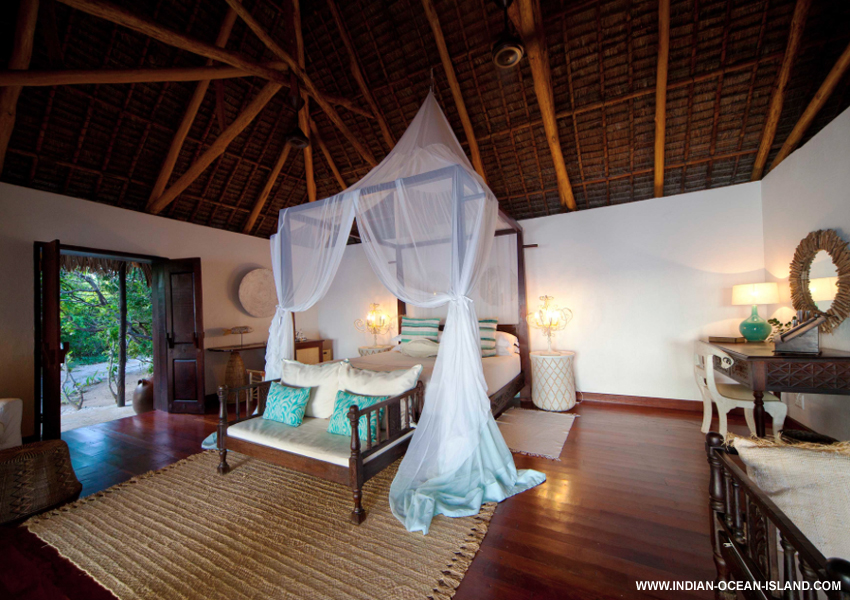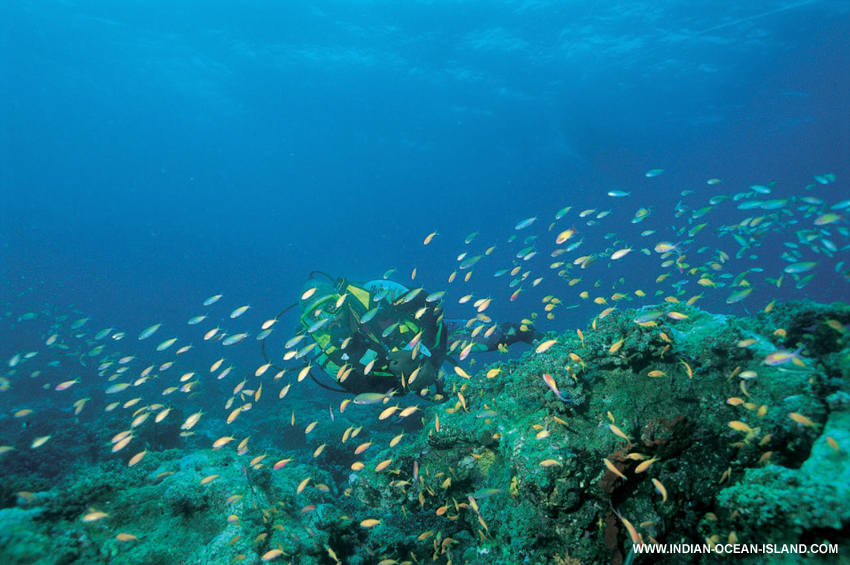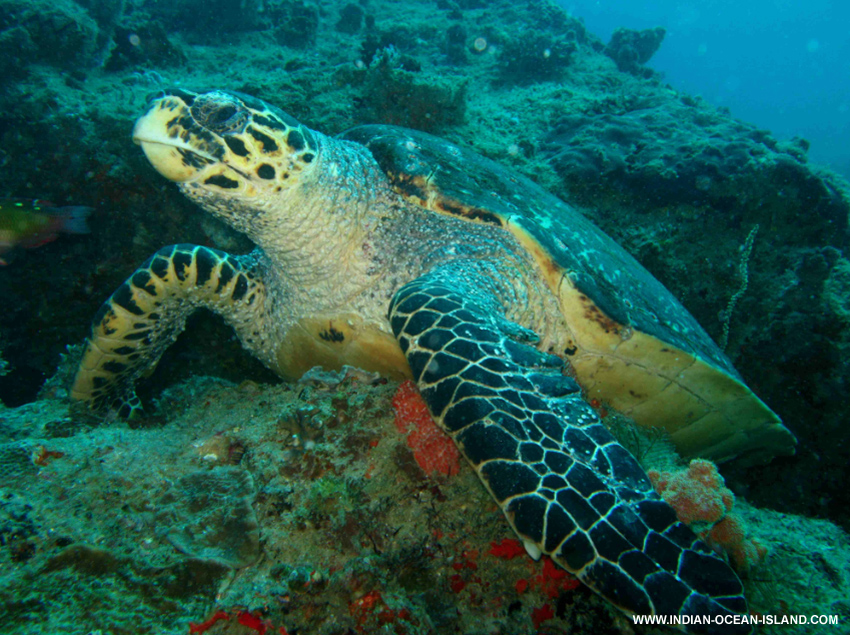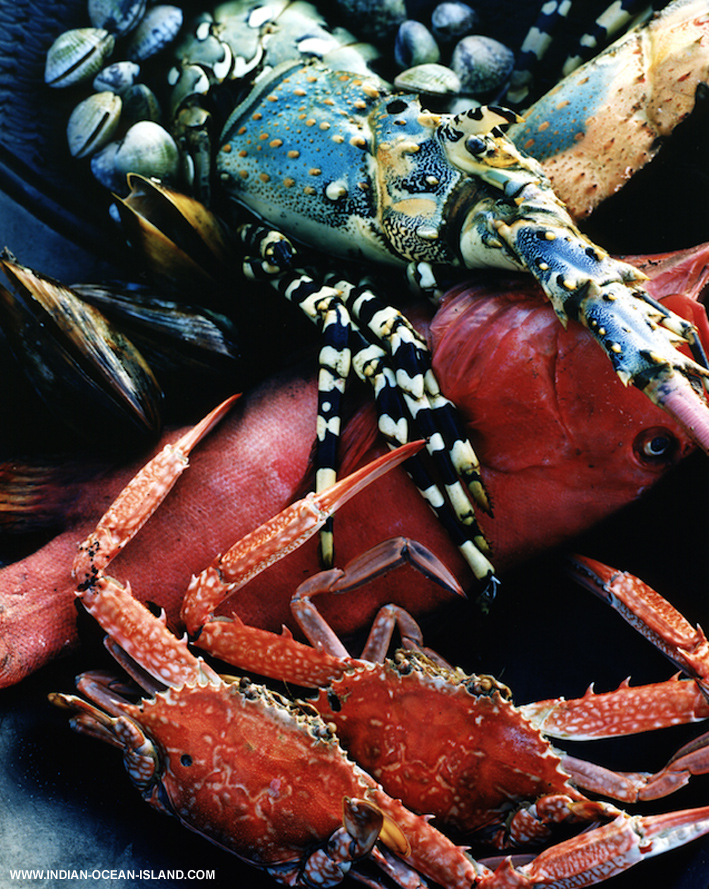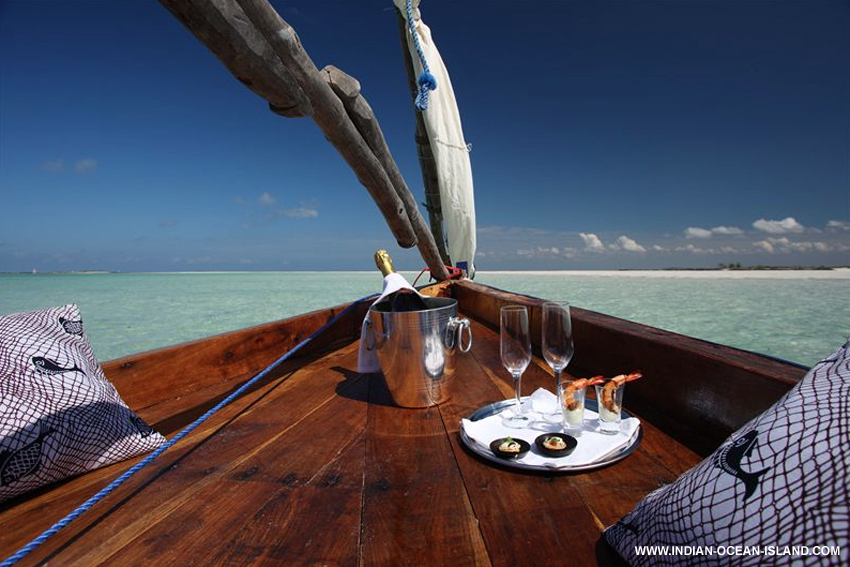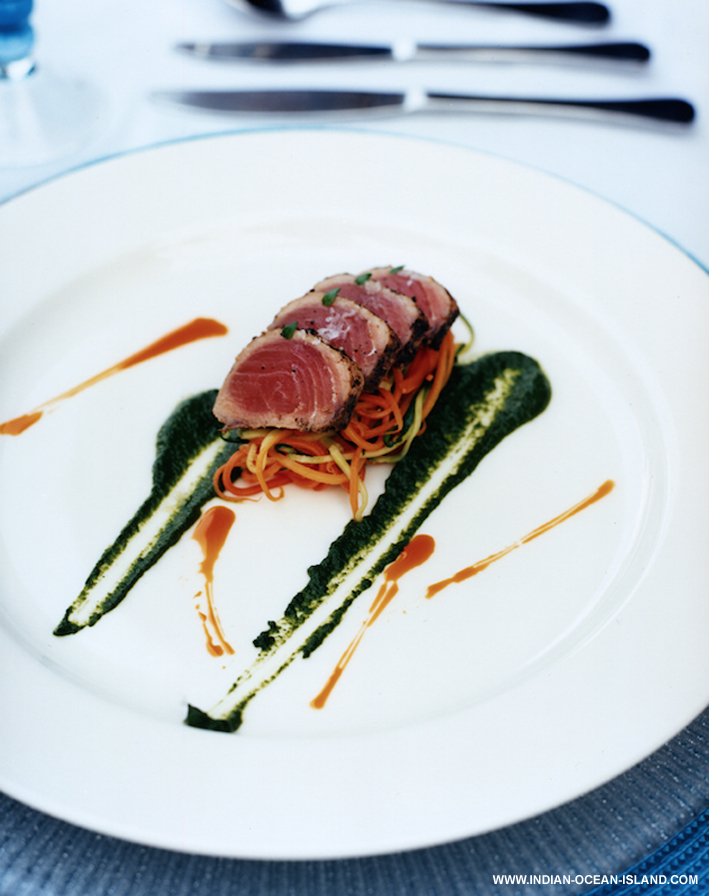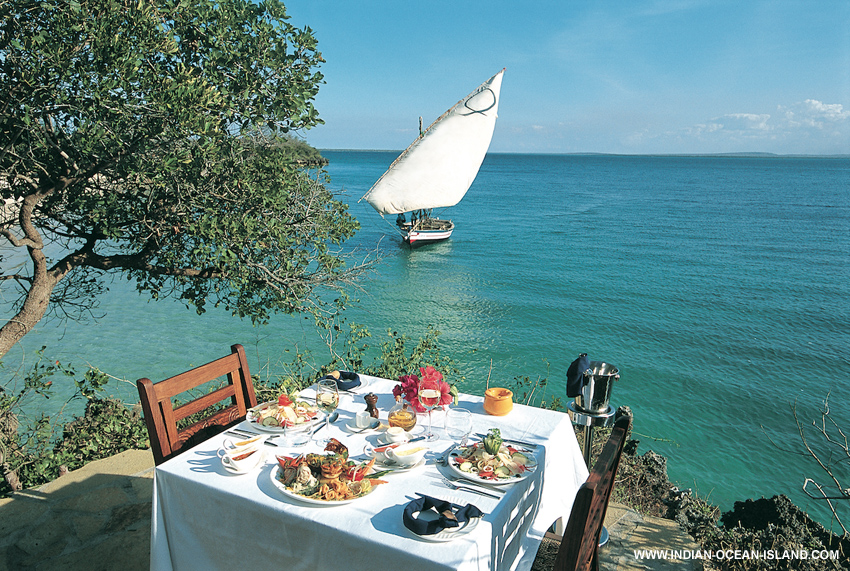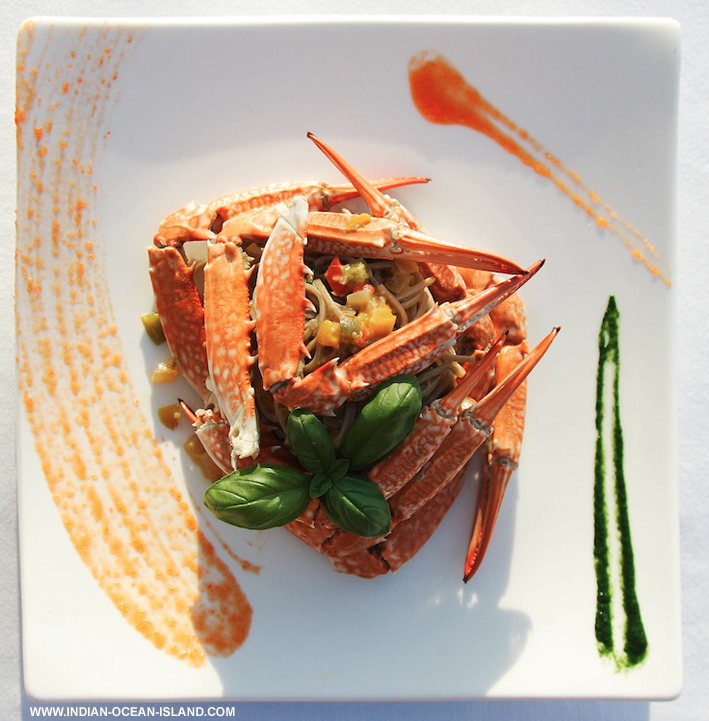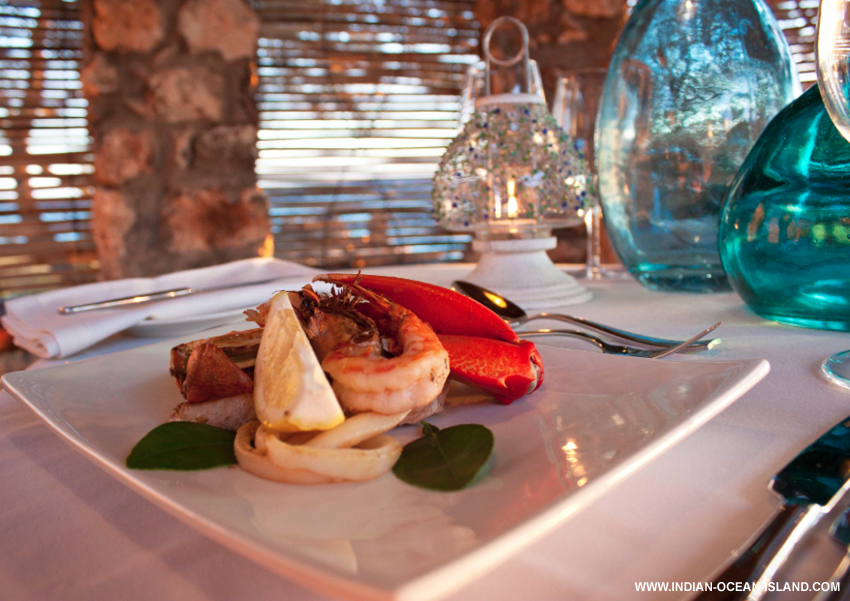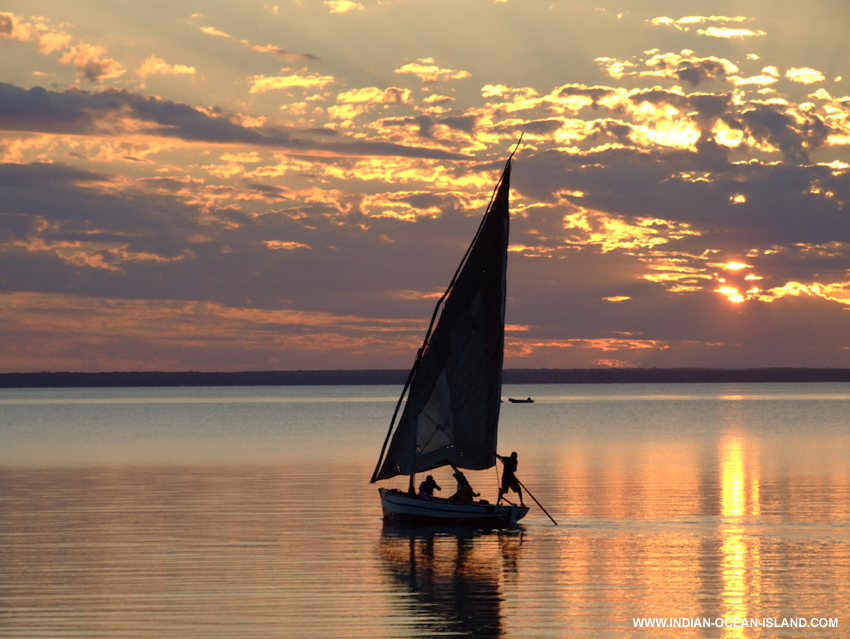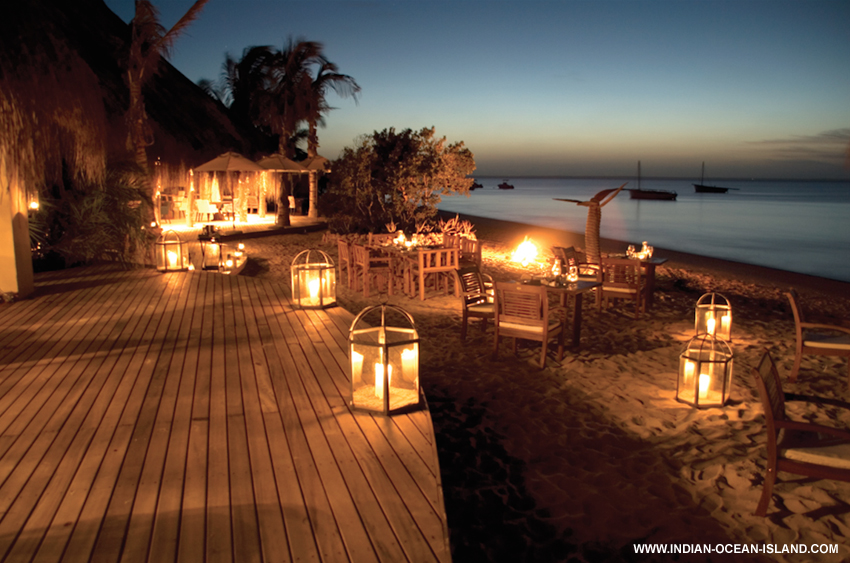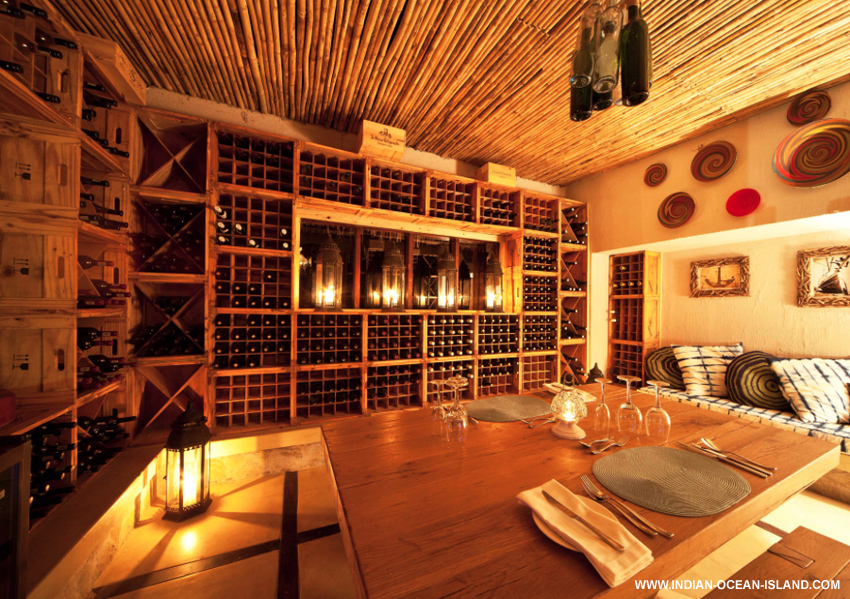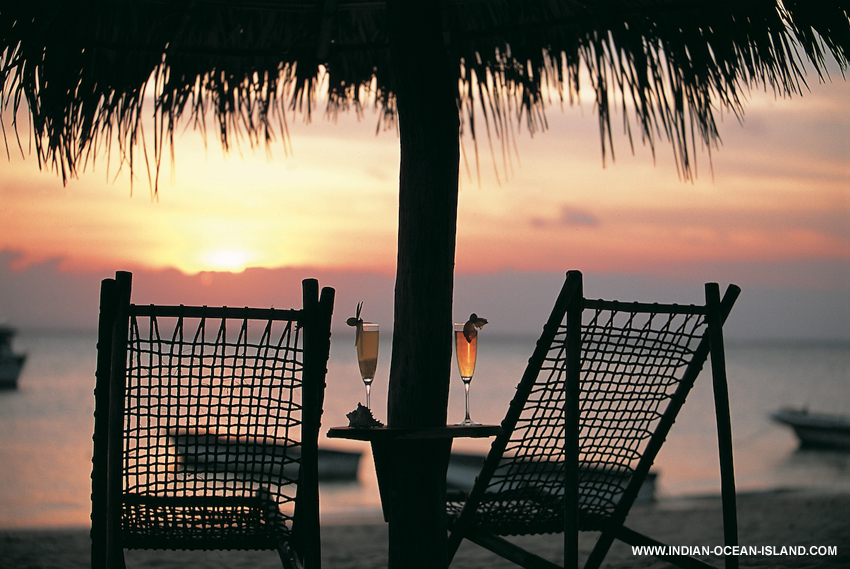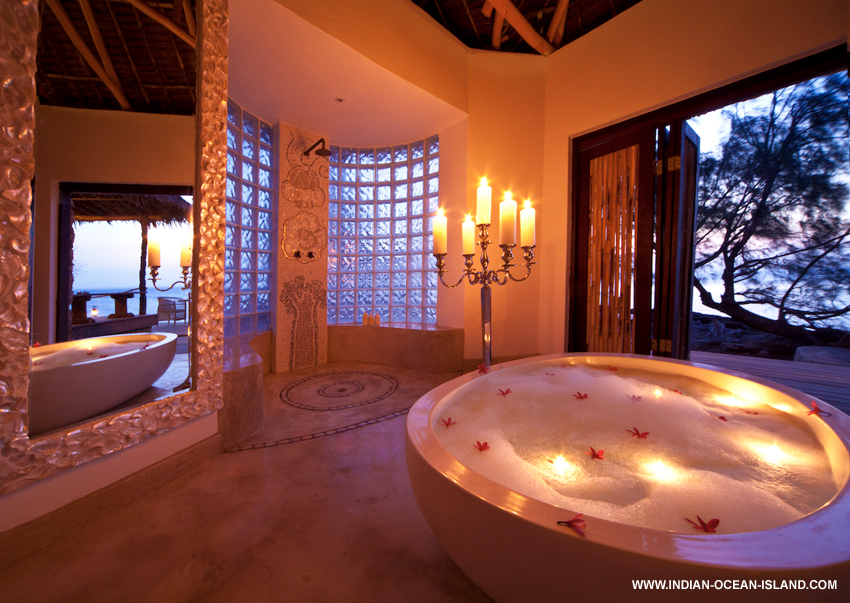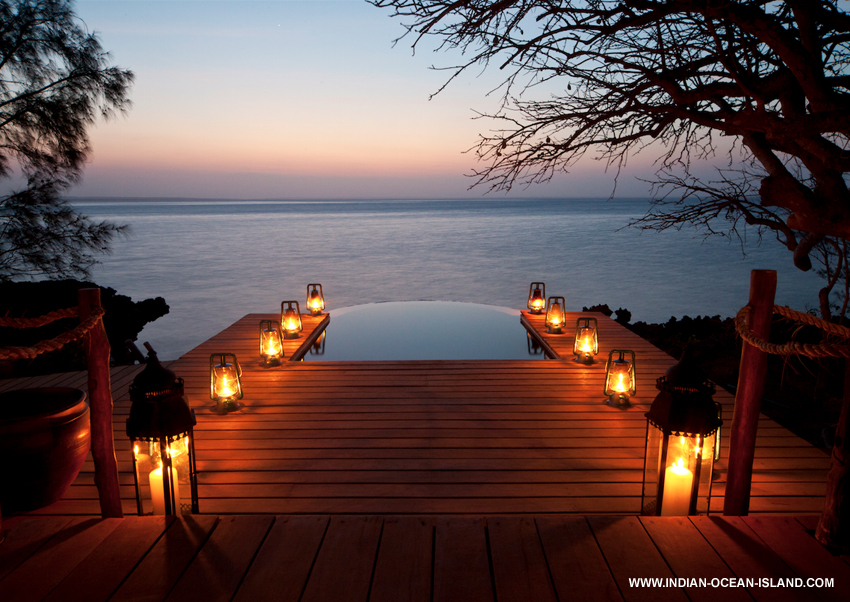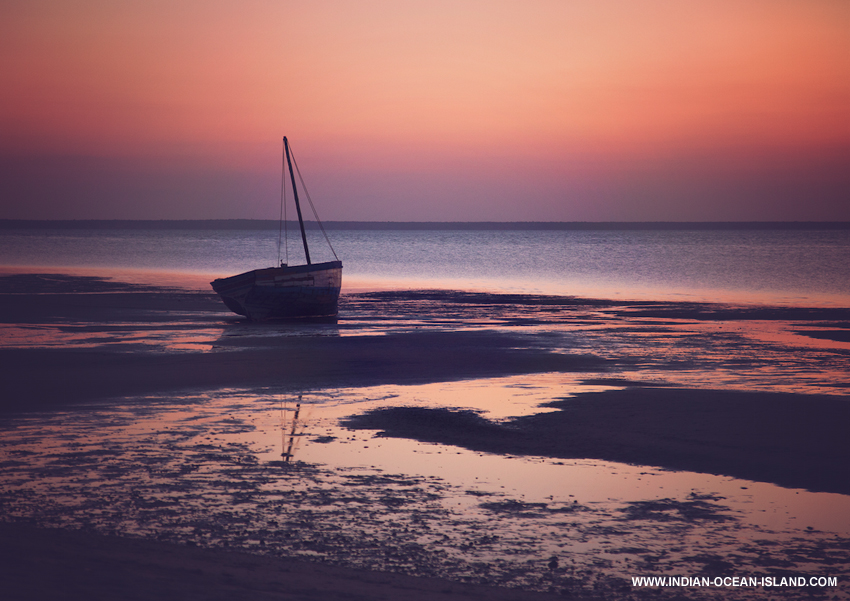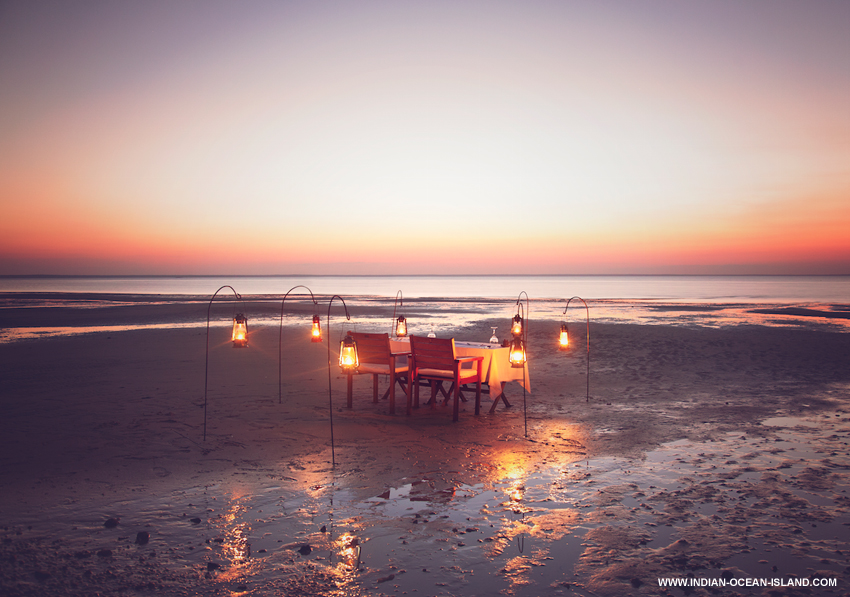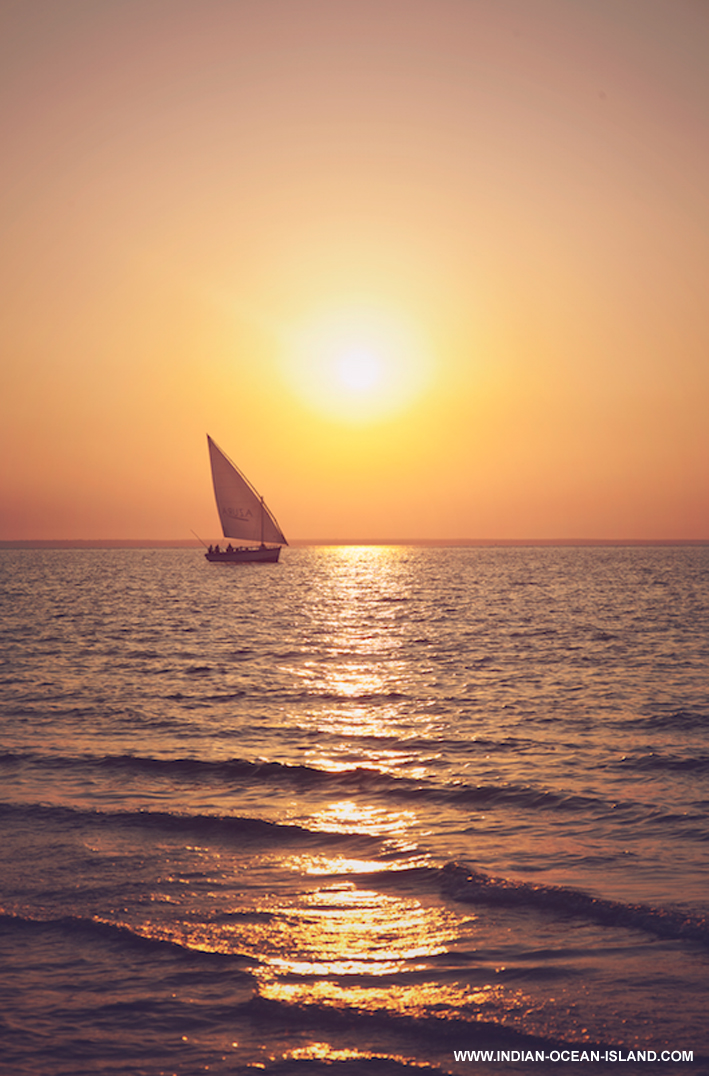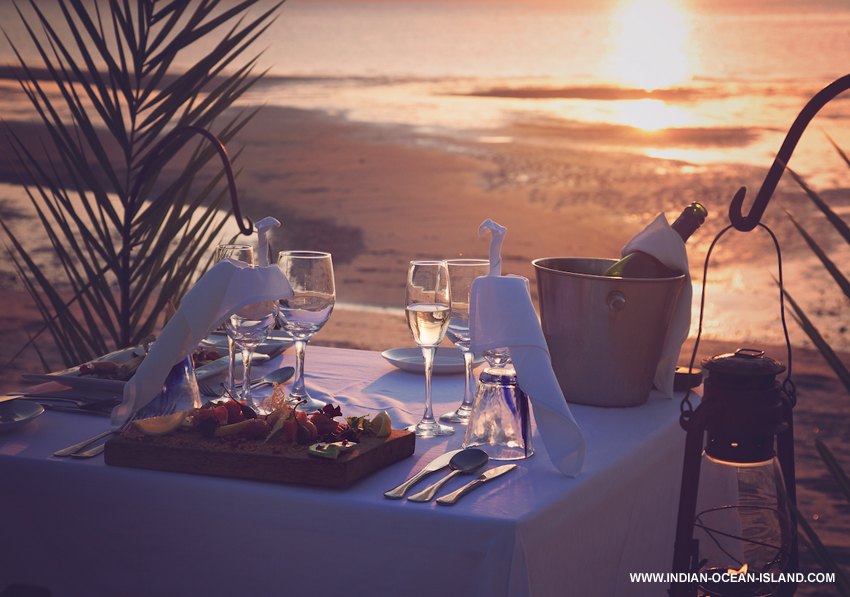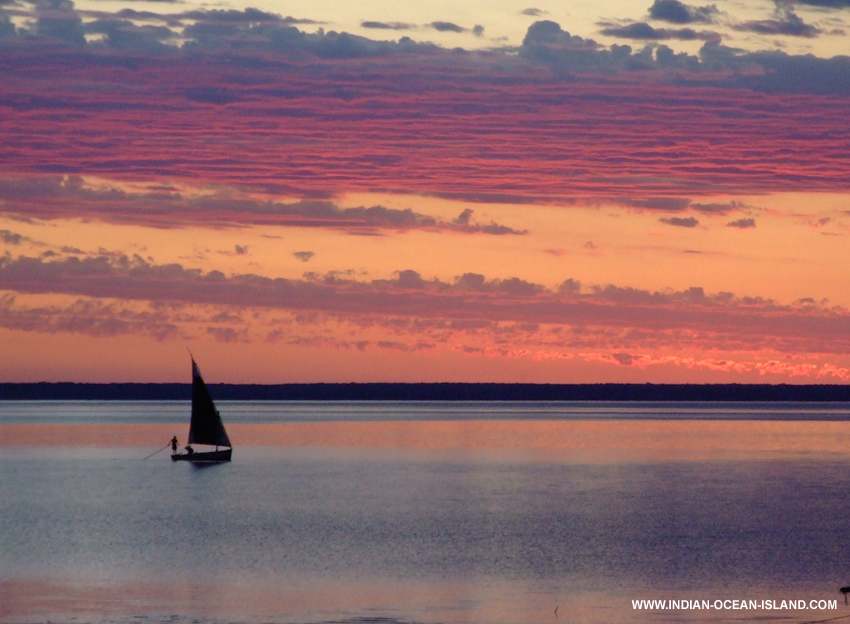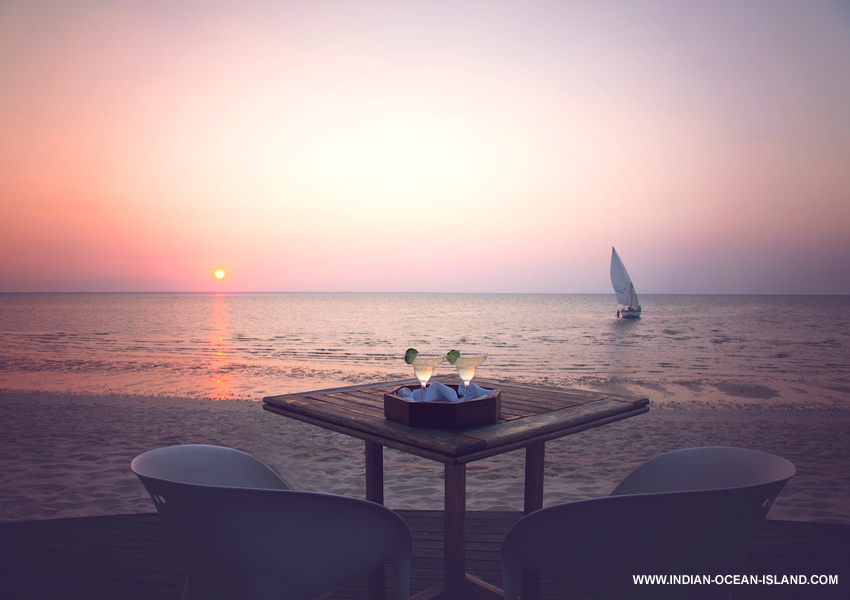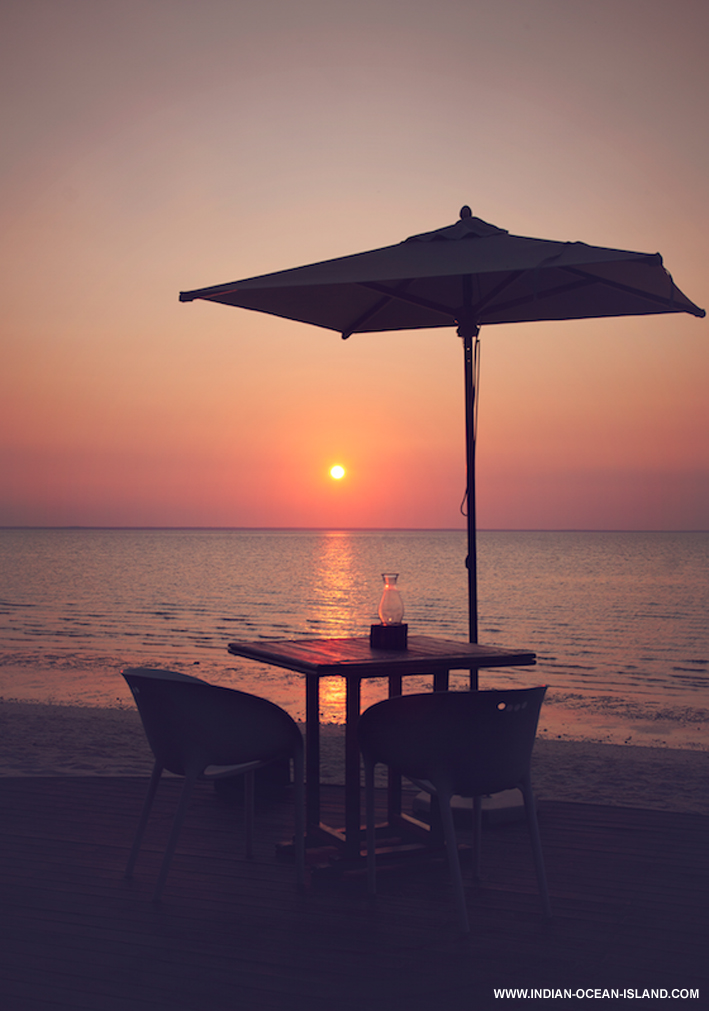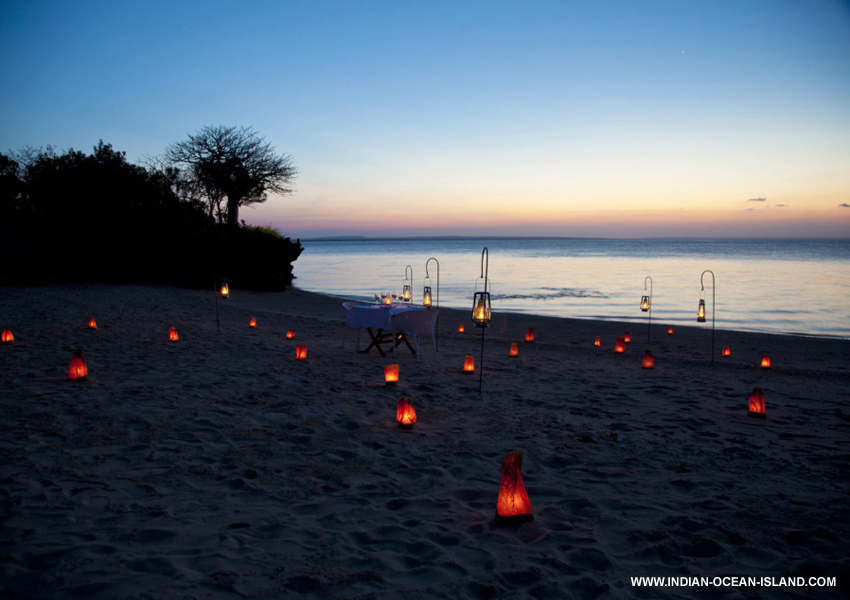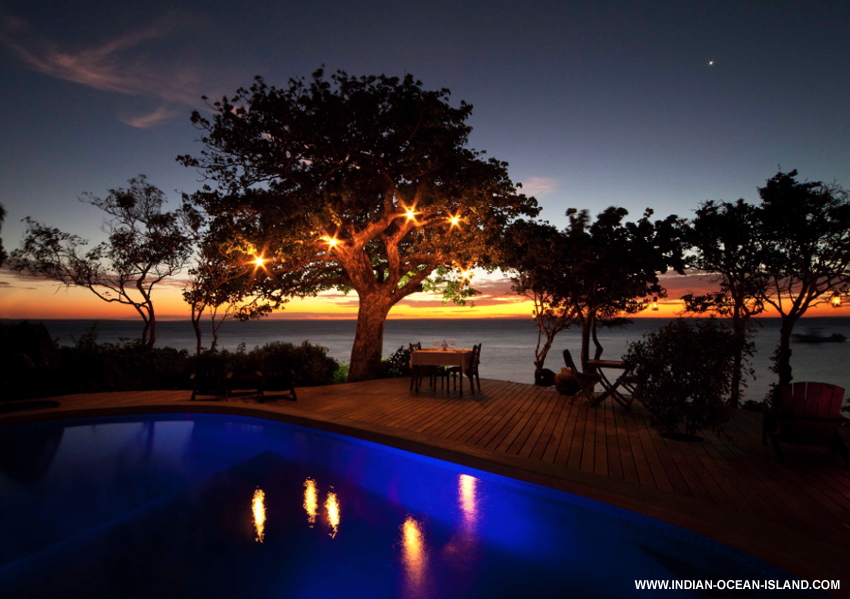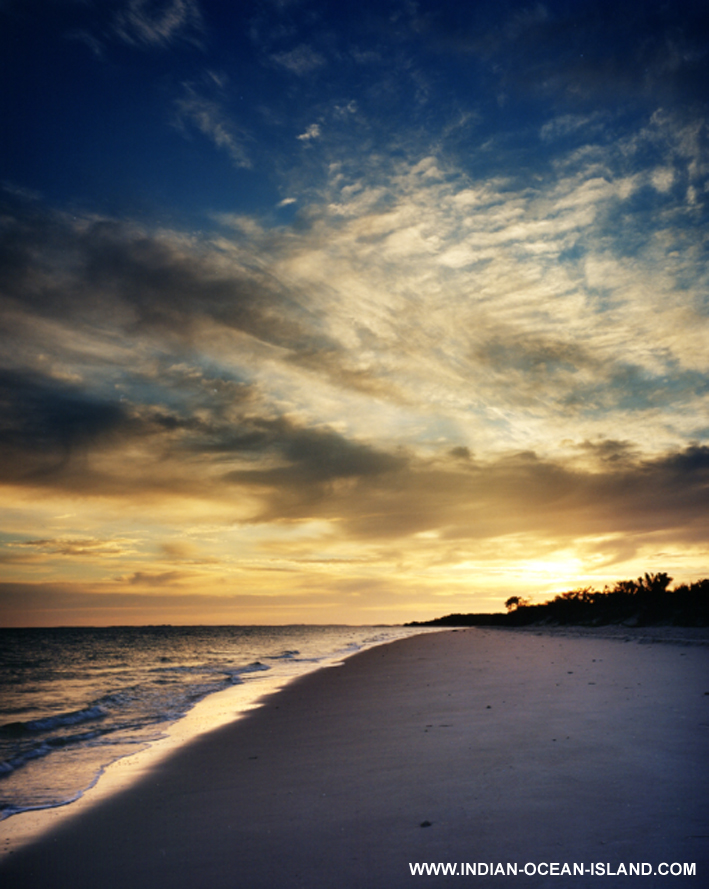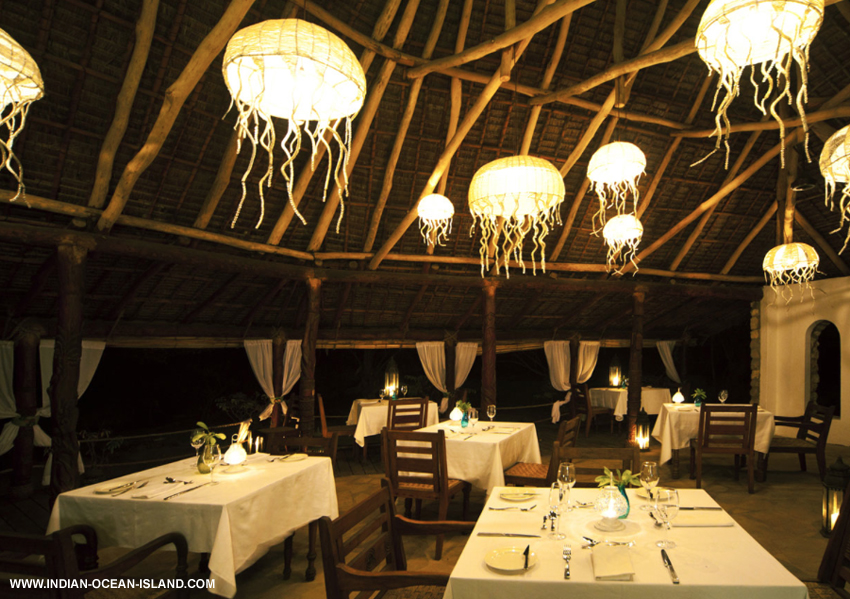Quick Facts: Mozambique
- Mozambique is bordered by the Indian Ocean to the east, Tanzania to the north, Malawi and Zambia to the north-west, Zimbabwe to the west and Swaziland and South Africa to the south-west
- Mozambique is famous for its sandy beaches and its tropical weather making it a popular holiday destination
- Many resorts and hotels line the coastline of Mozambique
- Mozambique was explored by Vasco da Gama in 1498 and colonised by Portugal in 1505
- This Southern African country became independent in 1975 and became the People's Republic of Mozambique
- Mozambique is a member of the Commonwealth of Nations
- The wet season is from October to March and the dry season is from April to September
Introducing Mozambique
The Republic of Mozambique ( Moçambique or República de Moçambique) is in the southeastern part of the African continent. Mozambique is bordered by the Indian Ocean to the east, Tanzania to the north, Malawi and Zambia to the north-west, Zimbabwe to the west and Swaziland and South Africa to the south-west.
The area which is today Mozambique was explored by Vasco da Gama in 1498 and colonised by Portugal in 1505. Mozambique became independent in 1975 and became the People's Republic of Mozambique. This country was named Moçambique by the Portuguese after the Island of Mozambique, derived from Musa Al Big or Mossa Al Bique or Mussa Ben Mbiki, an Arab trader who first visited the island and later lived there. Mozambique is a member of the Commonwealth of Nations, the Community of Portuguese Language Countries and an observer of the Francophonie.
Mozambique is divided into ten provinces and one capital city with provincial status. The areas in Mozambique are subdivided into 129 districts. The districts are further divided in 405 "Posts Administrativos" (administrative posts) and then into Localidades (localities), which represents the lowest geographical level of the central state administration. Since 1998, 43 municipalities have been established in Mozambique.
Cities in Mozambique:
- Cabo Delgado
- Gaza
- Inhambane
- Manica
- Maputo (city) / Maputo
- Nampula
- Niassa
- Sofala
- Tete
- Zambezia
Mozambique is the world's 35th-largest country with its 801,537 km2. It is comparable in size to Turkey. Mozambique is divided into two topographical regions by the Zambezi River. To the north of the Zambezi River, the narrow coastline moves inland to hills and low plateaus, and further west to rugged highlands, which include the Niassa highlands, Namuli or Shire Highlands, Angonia highlands, Tete highlands and the Makonde plateau, covered with miombo woodlands. To the south of the Zambezi River in Mozambique, the lowlands are broader with the Mashonaland plateau and Lebombo mountains located in the deep south.
Mozambique in Southern Africa is home to five principal rivers and several smaller ones with the largest and most important one being the Zambezi. Mozambique has four lakes, Lake Niassa (or Malawi), Lake Chiuta, Lake Cahora Bassa and Lake Shirwa, all of which situated in the north. The major cities of Mozambique are Maputo, Beira, Nampula, Tete, Quelimane, Chimoio, Pemba, Inhambane, Xai-Xai and Lichinga.
Mozambique has a tropical climate with two seasons. The wet season is from October to March and the dry season is from April to September. Climatic conditions, however, vary depending on altitude. Rainfall is heavy along the coast and decreases in the north and south. Annual precipitation ranges from 500 to 900 mm depending on the region with an average of 590 mm. Cyclones are also common during the wet season. Average temperature ranges in Maputo are from 13 to 24 °C in July to 22 to 31 °C in February.
Portuguese is the official and most widely spoken language of Mozambique, but only about 40% of the population speak it. 33.5%, mostly Bantus, speak it as their second language, and only 6.5%, mostly white Mozambicans speak it as their mother tongue. Bantus speak several different languages, the most widely used being Swahili, Makhuwa, Sena, Ndau, and Shangaan. Bantu languages as spoken in Mozambique have many words of Portuguese origin. Arabs, Chinese, and Indians speak their languages (Indians from Portuguese India speak any of the Portuguese Creoles of their origin) aside from Portuguese as their second language. Some educated Mozambicans can also speak English, as their second or third language.

